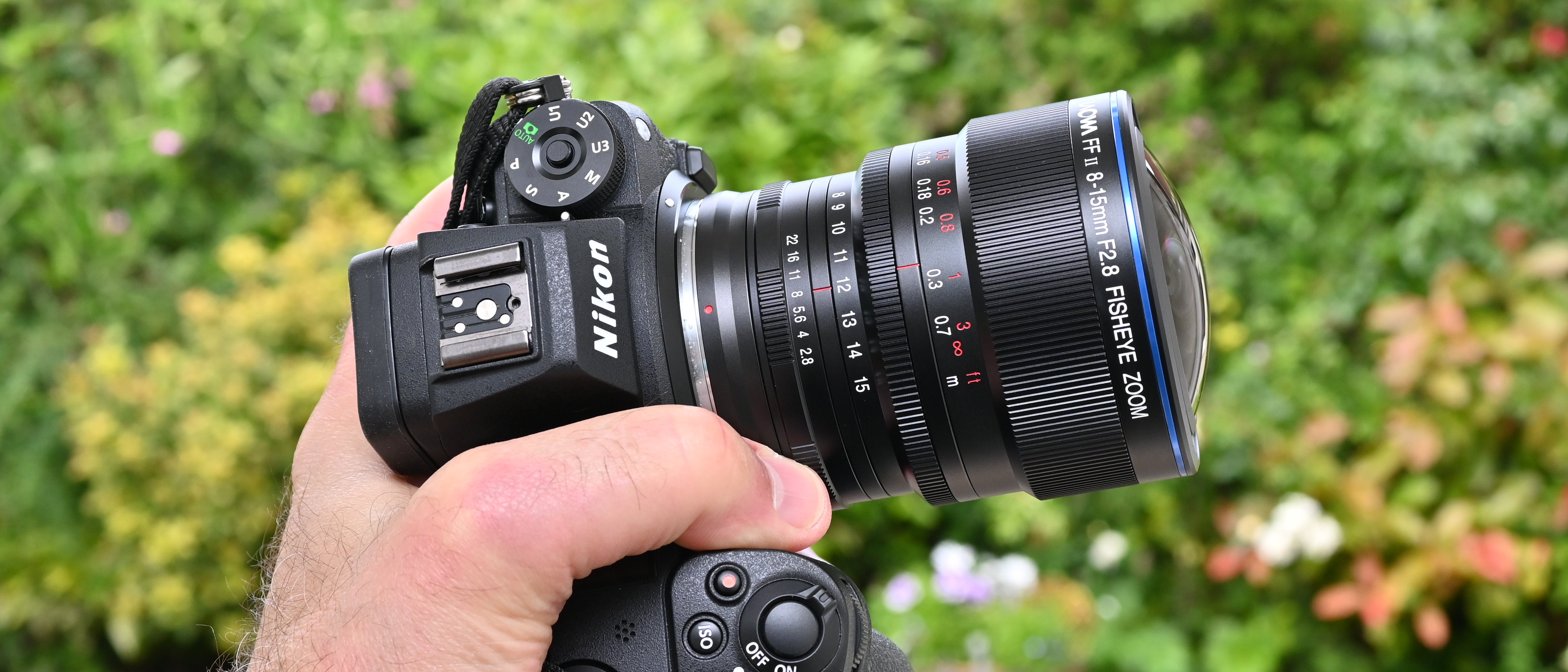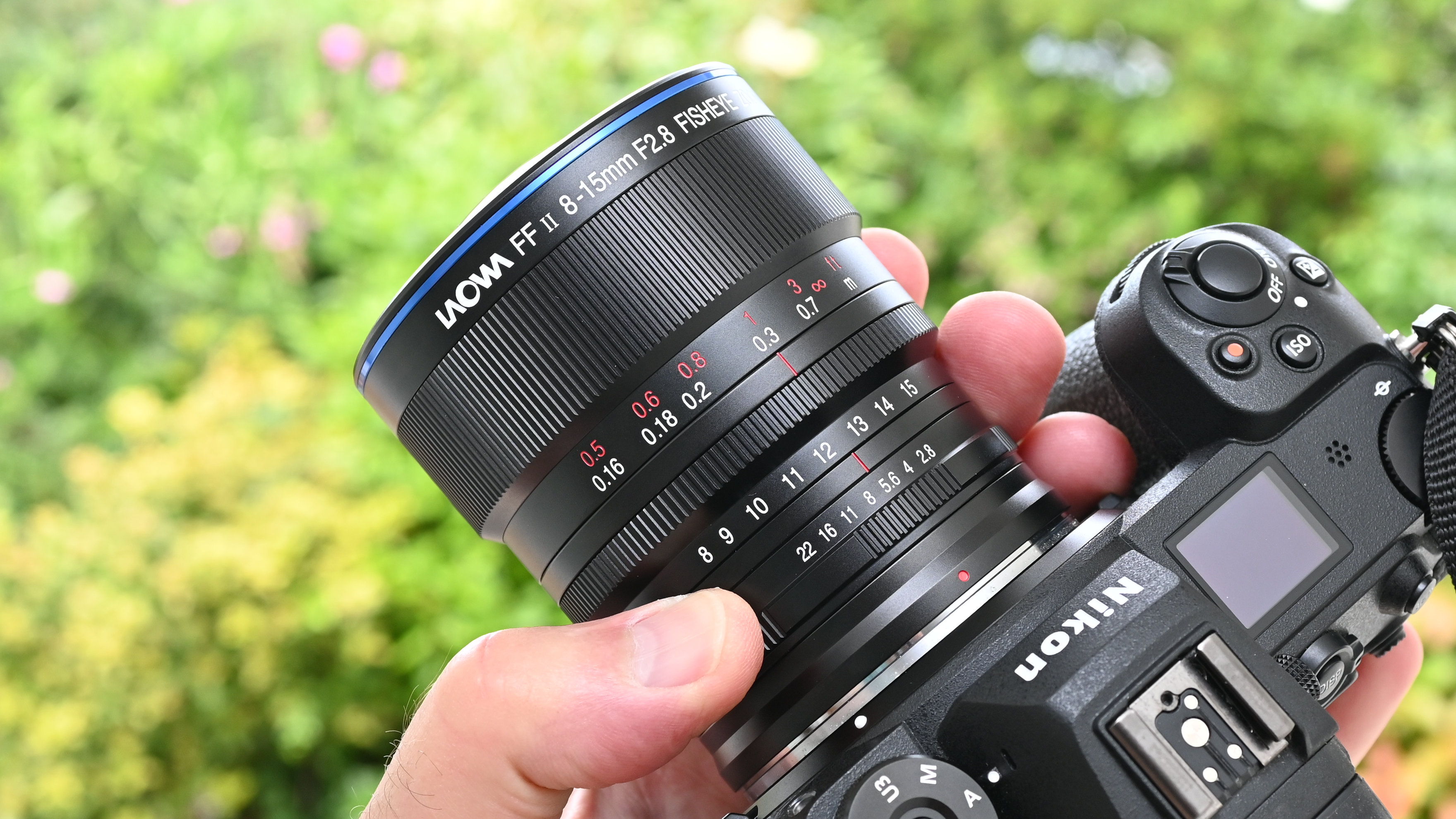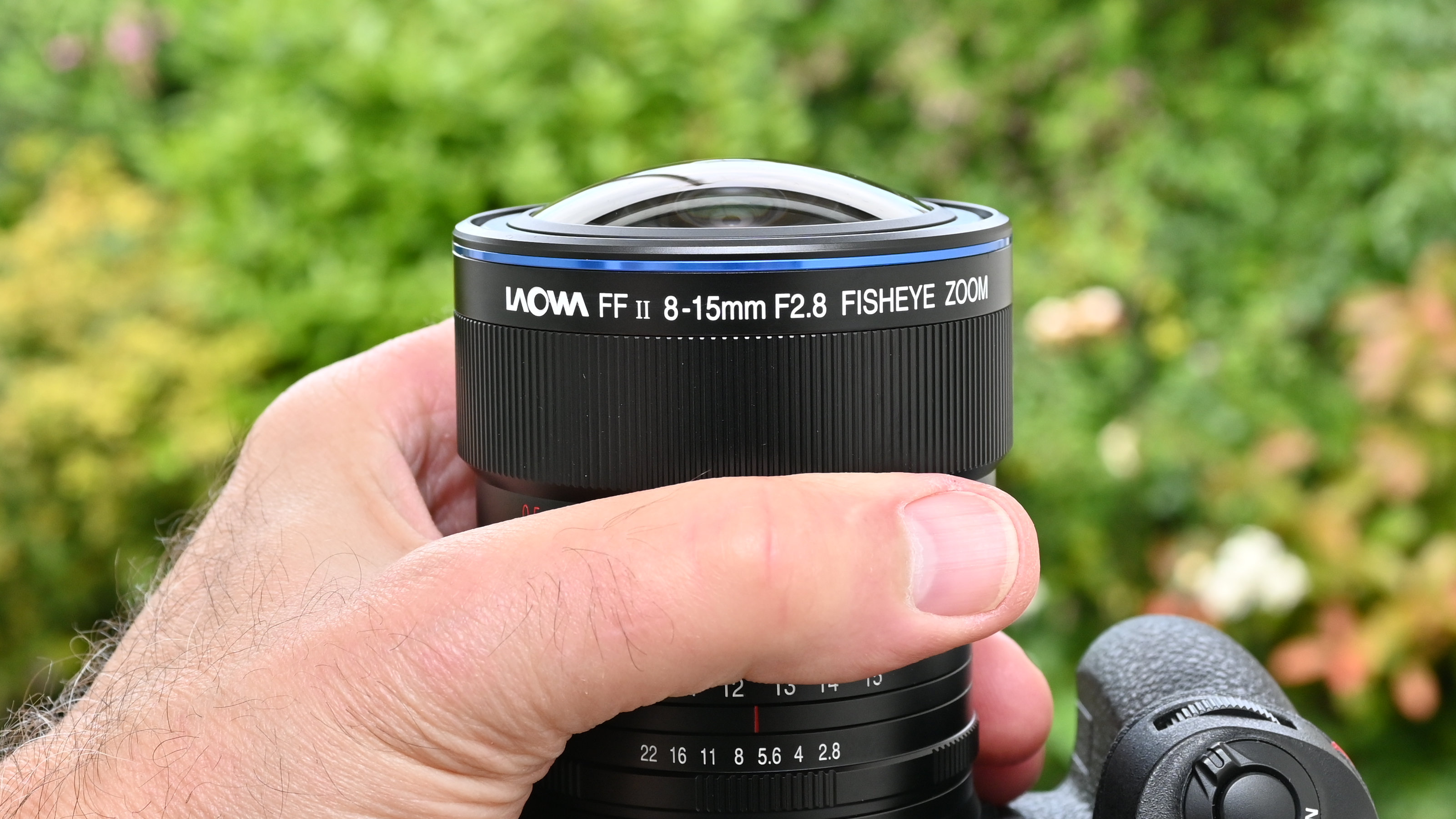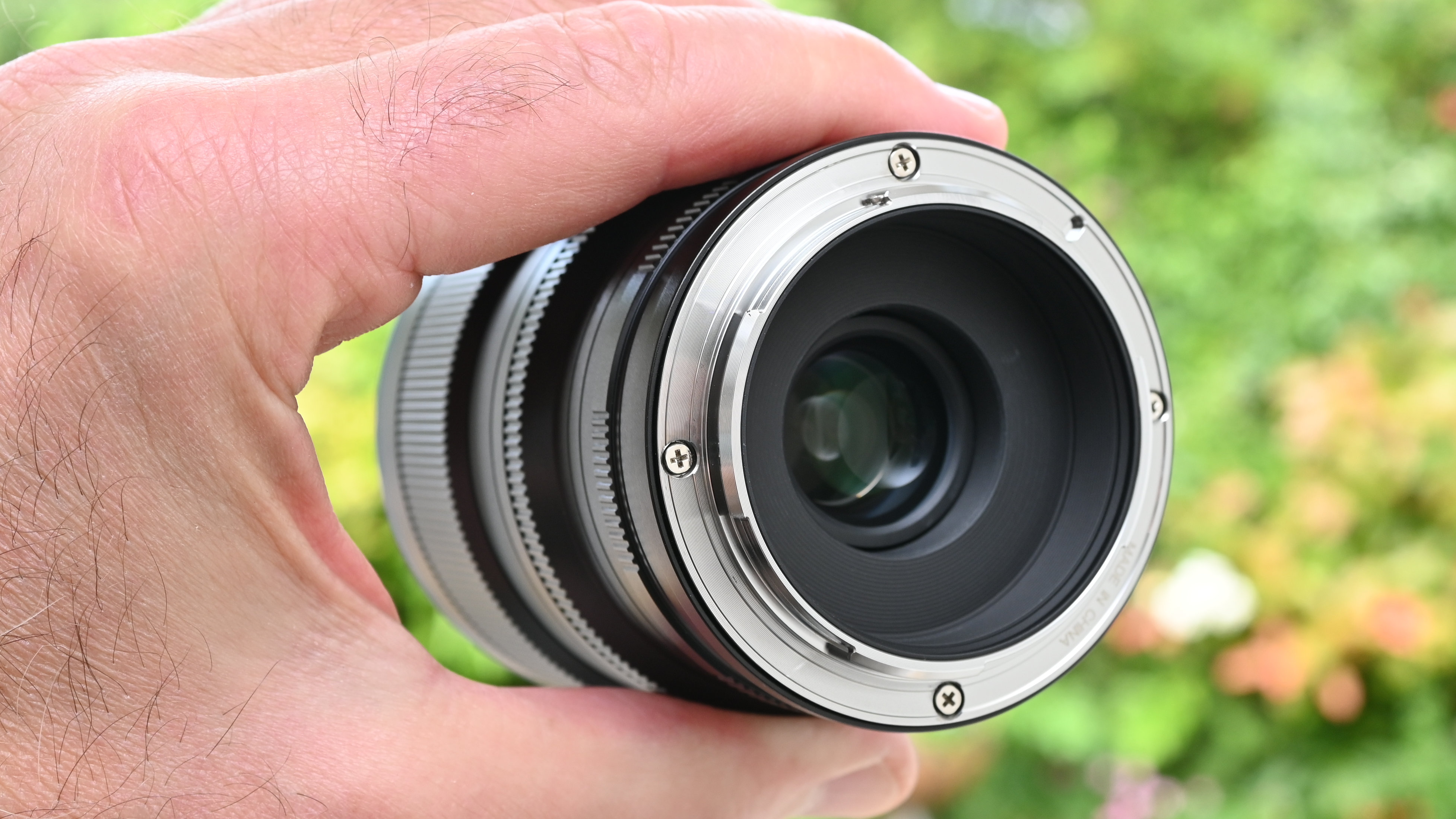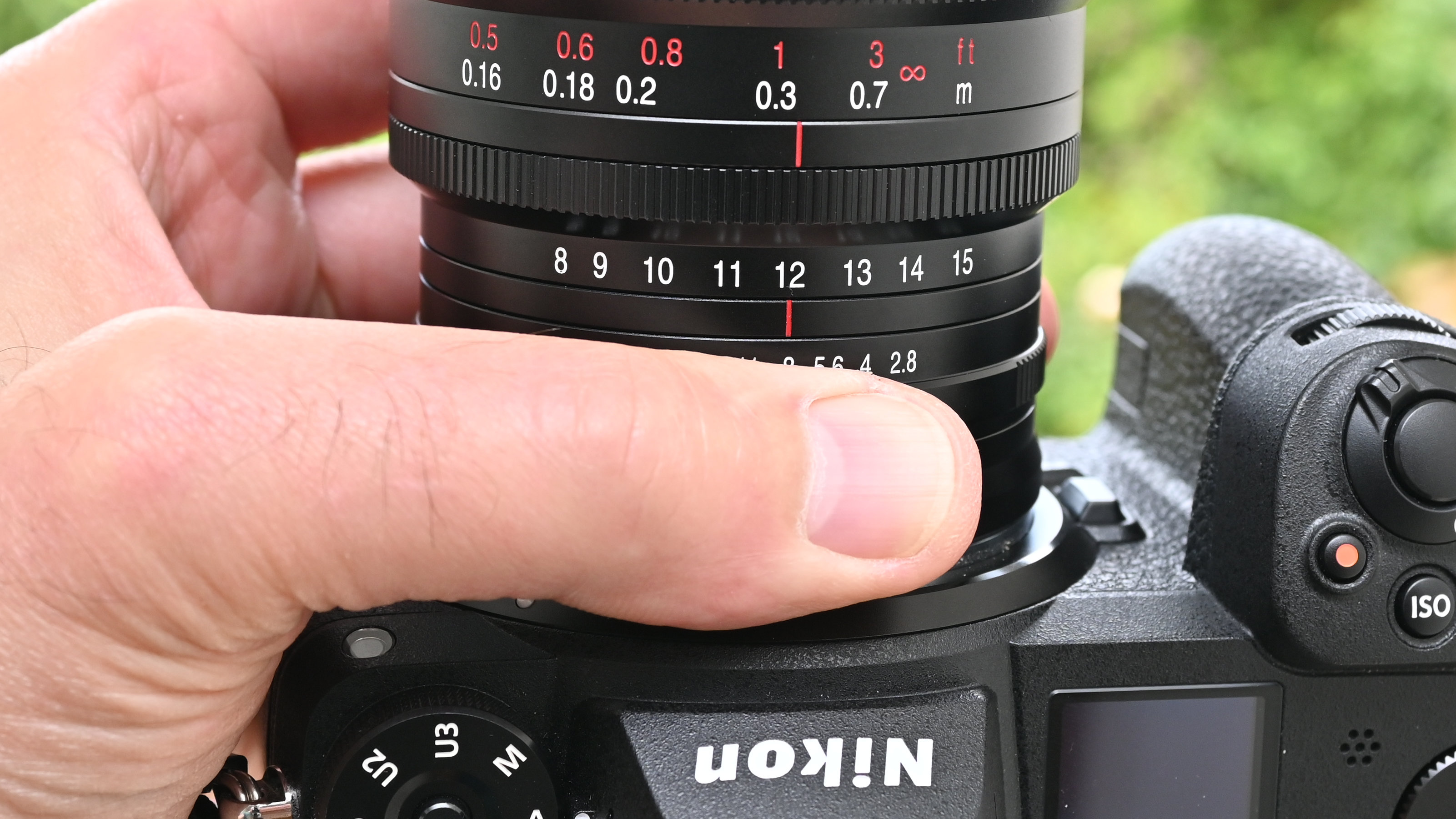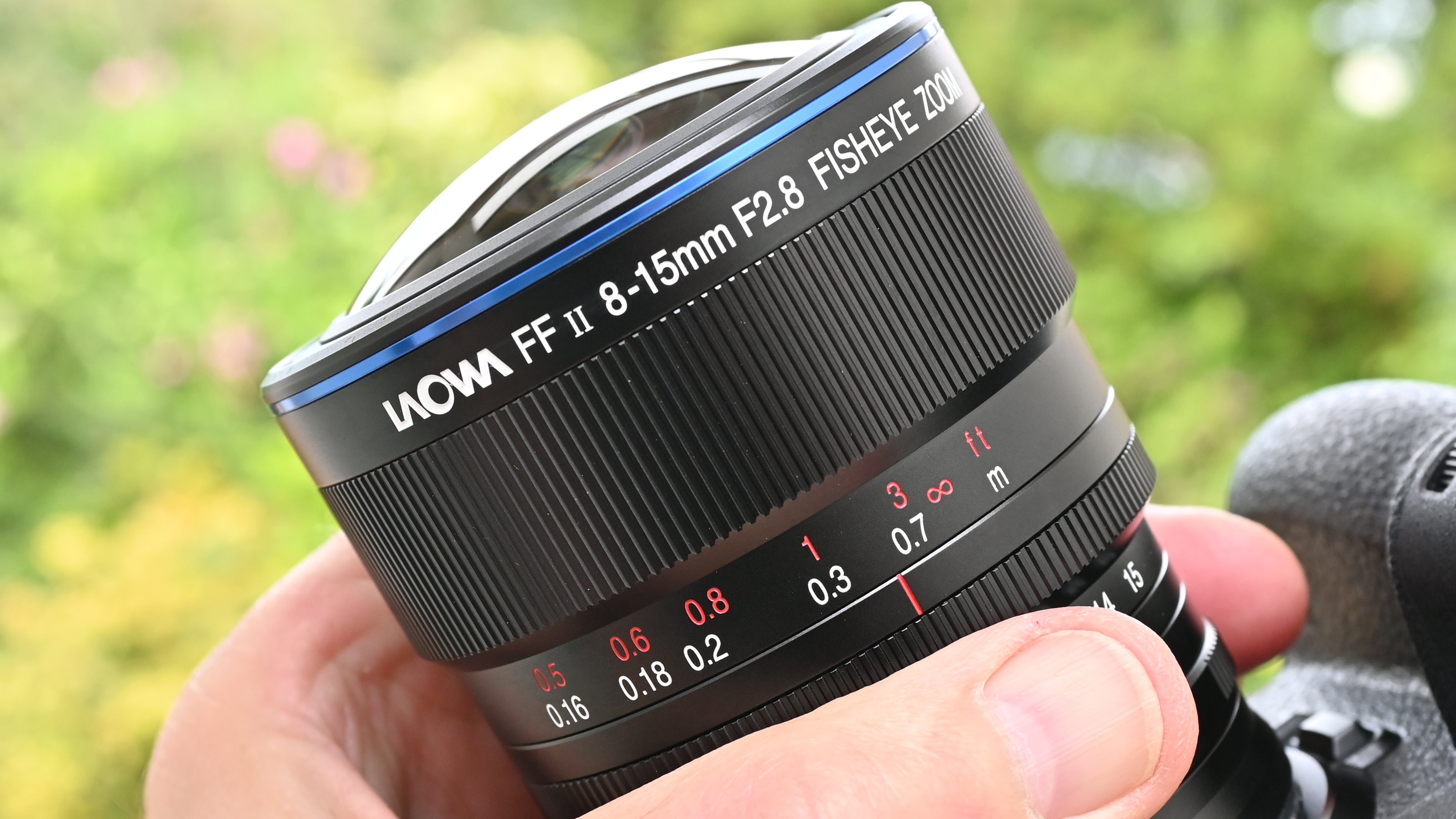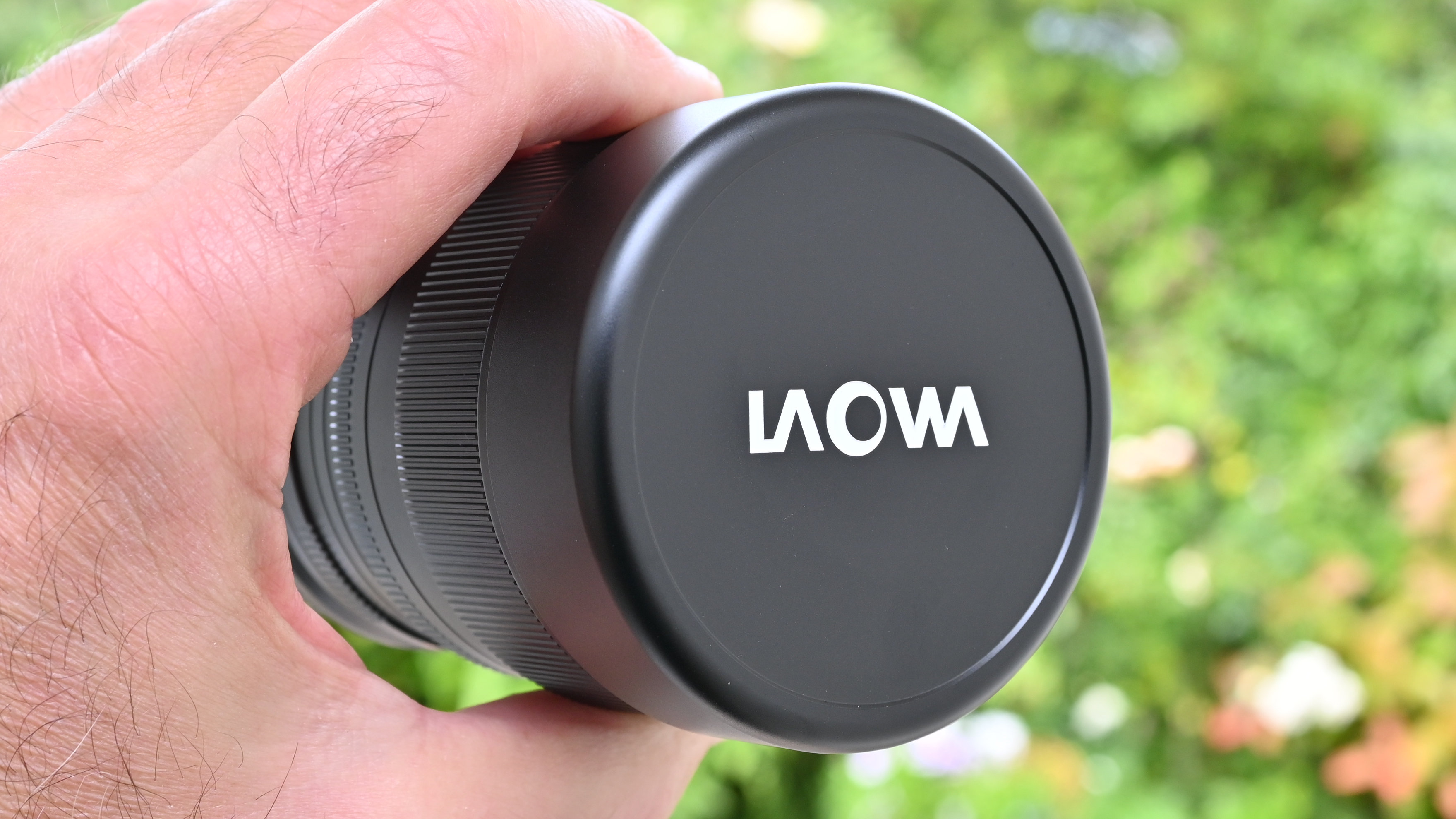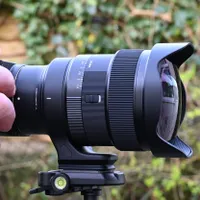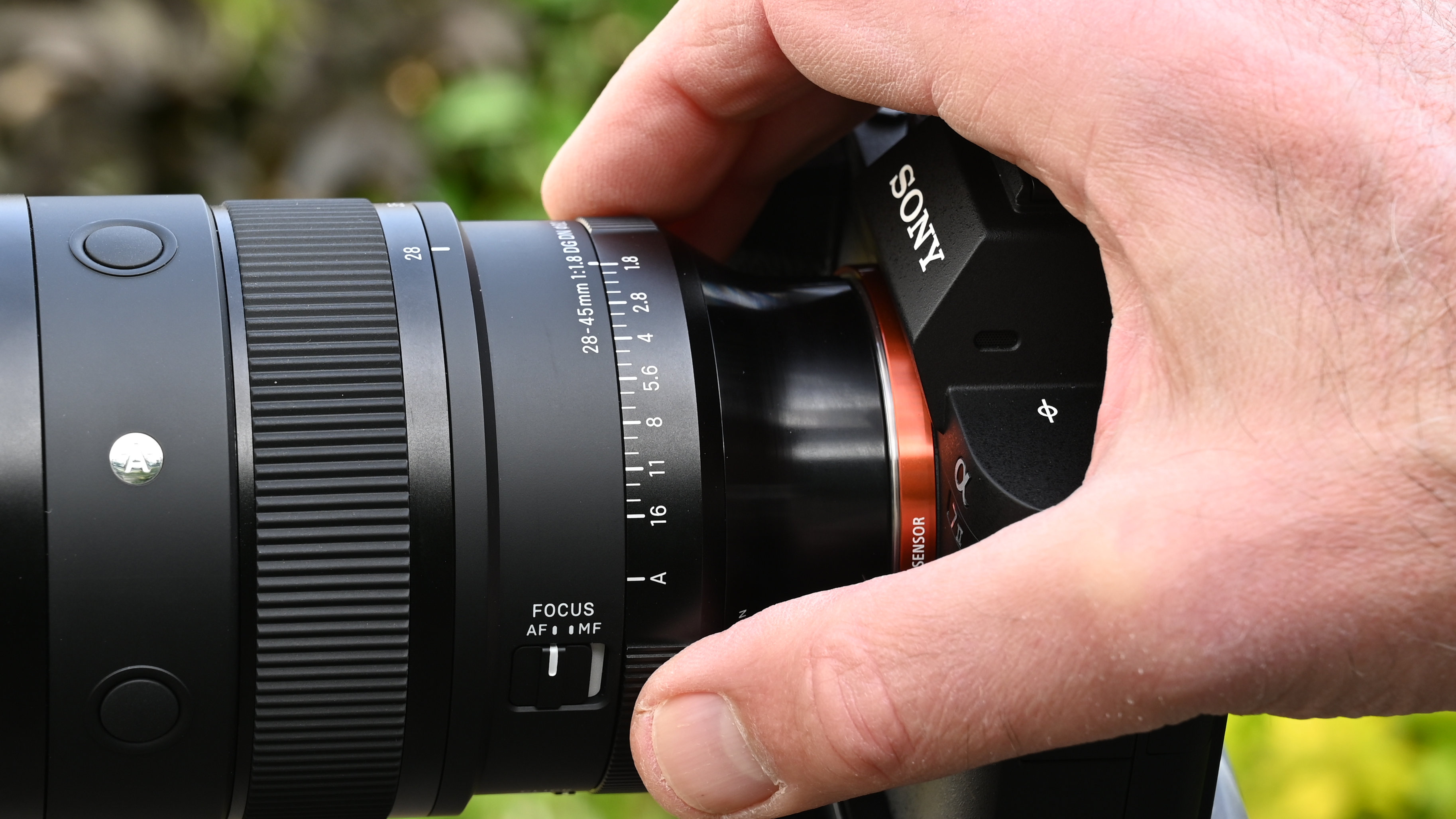Digital Camera World Verdict
I love that the Laowa 8-15mm f/2.8 FF Zoom Fisheye keeps my creative options fully open. It works as both a circular and diagonal fisheye lens, at just the twist of a zoom ring. I also like the fairly fast f/2.8 aperture. There’s no autofocus but I don’t care – the depth of field is so vast that manual focusing is a doddle. However, with no electronics onboard, you also need to set the aperture manually and there’s no lens-based EXIF data stored in images.
Pros
- +
Enables both fisheye effects
- +
Fast f/2.8 aperture
- +
Solid metal build
- +
Sharp image quality
Cons
- -
Manual focus & aperture
- -
No electronics
- -
No lens-based EXIF data
Why you can trust Digital Camera World
Decisions, decisions… Should you go for a rectangular fisheye lens like the excellent 7Artisans 10mm F2.8 II Fish-Eye ED, which delivers that funky fisheye effect yet covers your entire image frame for regular shaped rectangular images? Or should you go for a circular fisheye lens that only utilizes a relatively small, circular region of the image sensor, but gives a full 180-degree viewing angle in both horizontal and vertical planes, instead of just on the diagonal?
For creative photographers, it can be a hard decision to make, but there’s no need. This Laowa lens neatly covers both options, zooming from circular fisheye at the short end to diagonal fisheye at the long end. It’s a genuine 2-in-1 lens but hang on a minute – I’ve seen similar lenses before. There was both a Canon EF 8-15mm f/4L Fisheye USM, followed by a Nikon AF-S 8-15mm f/3.5-4.5E ED Fisheye that I’ve reviewed in the past. Both of these lenses were bristling with autofocus and a full complement of electronics, but were relatively expensive, designed for DSLRs rather than mirrorless cameras, and have since been discontinued.
Enter the relatively affordable Laowa manual fisheye zoom, available in Canon RF, L-mount, Nikon Z and Sony E mount options for full-frame mirrorless cameras. It definitely looks destined to become one of the best fisheye lenses on the market.
Laowa 8-15mm f/2.8 FF Zoom Fisheye: Specifications
Mount options | Canon RF, L-mount, Nikon Z, Sony E |
| Full frame | Yes |
| Lens construction | 13 elements in 9 groups |
| Autofocus | No |
| Image stabilization | No |
Angle of view | 180 to 175 degrees |
Diaphragm blades | 9 |
Minimum aperture | f/22 |
Minimum focus distance | 0.16m / 0.52ft |
Maximum magnification | 0.23x |
Filter size | None |
Dimensions | 94.5x76.4mm / 3.7x3.0in |
Weight | 650g / 1.43lb |
Laowa 8-15mm f/2.8 FF Zoom Fisheye: Price
The Laowa 8-15mm f/2.8 FF Zoom Fisheye lists for $699 / £699 / AU$1,299. That’s only about half the price of the obsolete Canon EF and Nikon F mount 8-15mm fisheye zooms that I’ve mentioned above. The Laowa looks like a bargain at face value, although this fully manual lens naturally has no autofocus nor any built-in electronics. It’s also more than twice the price of the 7Artisans 10mm fisheye lens that I’ve mentioned, which costs $278 / £269 / AU$409. However, the 7Artisans is a diagonal fisheye pure and simple, as well as being fully manual, so I think the relatively sophisticated and versatile Laowa 2-in-1 zoom is potentially great value at the price.
Laowa 8-15mm f/2.8 FF Zoom Fisheye: Design & Handling
Fisheye lenses were first used for meteorology back in the 1920s, as their expansive viewing angle enabled them to be ‘whole-sky’ lenses for cloud-watching. In the funkadelic 1960s, photographers got in on the act, using the enormous viewing angle of fisheye lenses and their trademark extreme barrel distortion for creative effect. Fisheyes are often referred to as ‘curvilinear’ rather than ‘rectilinear’ optics, the latter being regular wide-angle lenses that aim to keep distortion to a minimum. You generally need to choose between a circular and diagonal fisheye, but Canon broke new ground by developing a fisheye zoom that covers both options.
Despite being a full f/stop faster than the Canon lens, the Laowa is slightly smaller. It’s actually a whole lot smaller than most rectilinear f/2.8 ultra-wide-angle zoom lenses, measuring just 94.5x76.4mm / 3.7x3.0in and weighting only 650g / 1.43lb, although the diminutive Samyang / Rokinon AF 14-24mm f/2.8 FE rectilinear zoom is even more lightweight.
Kicking off at the back, there’s a sturdy metal mounting plate but no electronic contacts, as the lens is fully manual and there’s no data communication with the host camera body. You therefore need to adjust the aperture and focus setting using control rings on the lens and can’t use your camera’s full range of PASM shooting modes. The lens barrel as well as the mounting plate is made from metal and the Laowa has a high-quality and robust look and feel.
The best camera deals, reviews, product advice, and unmissable photography news, direct to your inbox!
Moving on from the rear of the lens, the first thing you come to is the aperture control ring. This operates in click steps that give good feedback, delivering easy access to the full range of aperture settings from f/2.8 down to the narrowest aperture of f/22. A red marker line on the top of the casing gives a ready reference of where you’re at.
Just in front of the aperture ring is the zoom ring. It’s similarly small and uses the same red reference marker. The zoom ring is calibrated with numbered markings for every single degree between the shortest zoom setting of 8mm and the longest of 15mm. That’s a bit of overkill in attention to detail as far as I’m concerned, as you’d generally only use the lens at its shortest or longest zoom setting, for a circular or diagonal fisheye effect respectively.
Up at the front end of the barrel is the focus ring, which is relatively large and comfortable to use. Again, it has a knurled finish like the other two control rings, with a nice tactile feel. The focus ring operates with smooth efficiency and is marked at various focus distances between the shortest focus distance of 0.16m / 0.5ft and infinity.
Following time-honored tradition, the focus distances are marked in white for meters and in red for feet, catering to metric and imperial bias. There are no depth of field markers for various aperture settings that accompany the focus distance scale, which would be impractical due to the fisheye’s enormous depth of field. Indeed, the longest marked focus distance of just 0.7m / 3ft is only the slightest touch away from the infinity setting.
As I’ve mentioned, the lens has a typically bulbous and protruding front glass element. As such, it’s supplied complete with a protective, slipover front cap and there’s no filter attachment thread. That’s entirely normal for a fisheye lens, as well as for many ultra-wide-angle rectilinear lenses.
Laowa 8-15mm f/2.8 FF Zoom Fisheye: Performance
The relatively fast and constant f/2.8 aperture gives particular advantages in terms of performance. Compared with the Canon f/4 lens and the Nikon’s variable aperture of f/3.5-4.5, the Laowa is better suited to low-light conditions as well as for shooting the night sky in astrophotography. It also helps to freeze any motion and avoid camera-shake in handheld shooting under low lighting, without needing to bump up your camera’s ISO setting too far.
There’s no optical image stabilization but the ultra-wide viewing angle makes camera-shake less of a problem. You can typically dial in the lens’s vital statistics to manually set up IBIS (In Body Image Stabilization) if featured in your camera, but you’d need to enter two configurations for the 8mm and 15mm focal lengths, or just strike a compromise.
The unique and heavily distorted perspective gives that trademark fisheye look, even more so in circular mode than diagonal mode. It genuinely enables you to create images that are very different to the norm. As well as taking in truly expansive backdrops or a ‘whole-sky’ view, you can employ very short focus distances and get up extremely close and personal to your subject matter. Indeed, some care is needed not to bump the protruding and unprotected front element of the lens against what you’re shooting if you’re taking extreme close-ups.
A practical sidenote is that for handheld photography, the vast field of view makes it’s all too easy to end up with your feet straying into the image frame. One of the joys of mirrorless cameras is that it’s every bit as easy to compose images using the rear screen instead of the viewfinder. This enables you to hold the camera at arm’s length, making it easier to avoid accidentally shooting your own feet. Tripod feet can also have a habit of creeping into the picture, so a tripod with a pivoting center column like the Manfrotto 055 MT055CXPRO3 can come in handy.
The example shots above and below were taken from the same position using the shortest and longest zoom settings respectively. As such, the above shot demonstrates the circular fisheye effect, while the image below is a diagonal fisheye picture.
At the short end of the zoom range for a circular fisheye effect, sharpness is impressive throughout the entire image circle even when shooting wide-open at f/2.8. Optimum sharpness is achieved at around f/5.6 to f/8. Zoom in to 15mm for a diagonal fisheye effect and center-sharpness also gets off to a very good start, although the extreme edges and corners of the image frame aren’t quite as crips. In my tests, optimum edge-sharpness at the longest zoom setting came at around f/8 to f/11, after which narrower apertures degraded sharpness due to the usual problem of diffraction. Even so, the Laowa is remarkably sharp for a fisheye lens, across its entire image frame in both circular and diagonal modes.
Color fringing proved fairly minimal in my tests. As I’ve come to expect, there can be some coloration around circular images in circular fisheye mode but you can crop this out with a circular crop in an image editing app. As also fully expected, barrel distortion is off the scale. For this reason as well as the impractically short distance required to fill the frame with a test chart, I don’t submit fisheye lenses for lab-testing. Ghosting and flare are very well controlled by the lens, which as an important consideration as the huge viewing angle takes in a lot of sky in outdoor shooting. All in all, performance is excellent and deeply satisfying.
Laowa 8-15mm f/2.8 FF Zoom Fisheye: Sample Images
The following gallery of example images was shot in and around the beautiful Wells Cathedral, in what is England’s smallest city, located in the county of Somerset. Most of the images in the gallery come in pairs, taken at the shortest and longest zoom settings to demonstrate the circular and diagonal fisheye effects. There are also some extreme close-ups, with the front of the lens just a couple of inches or so from the subject.
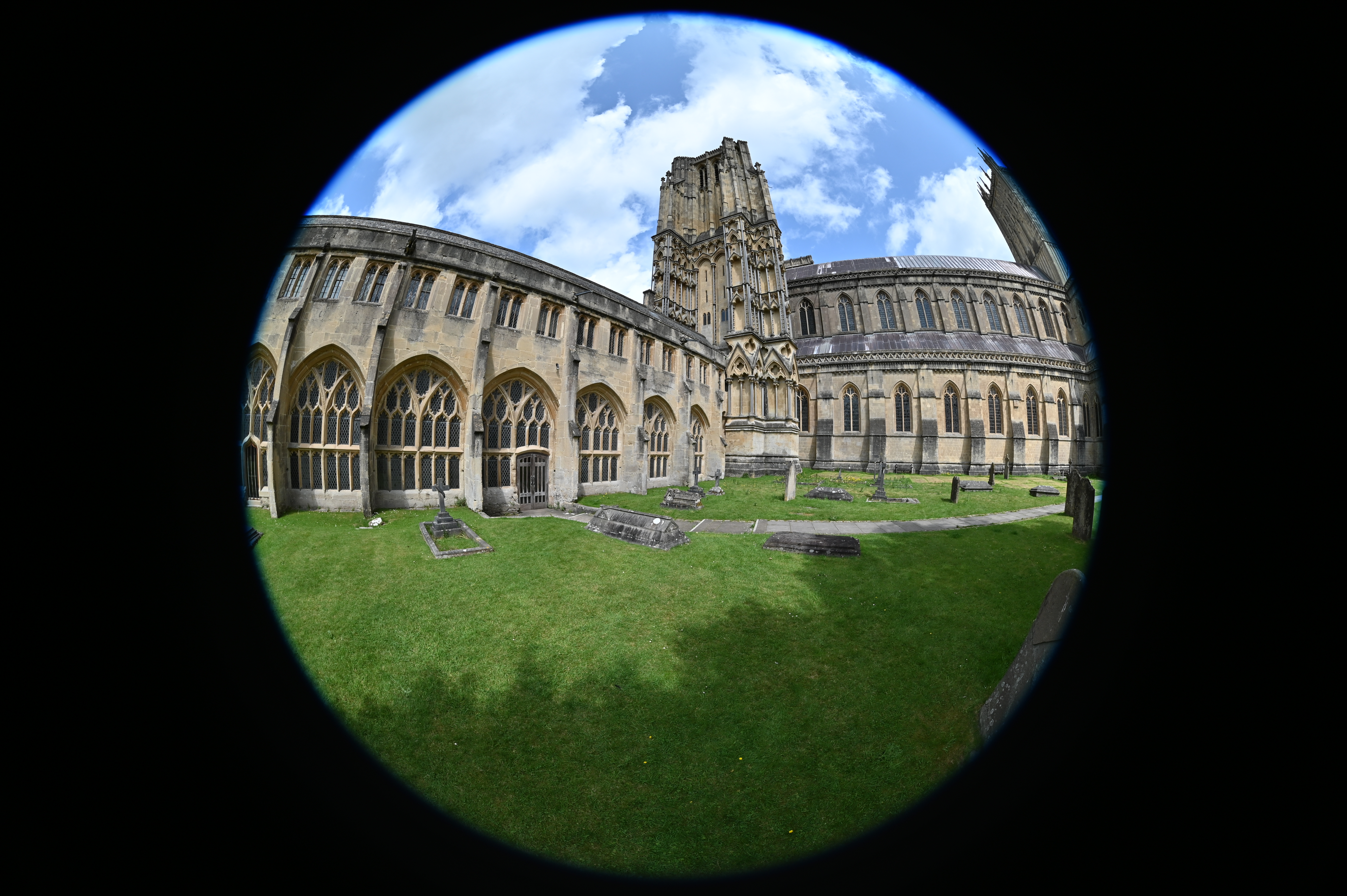
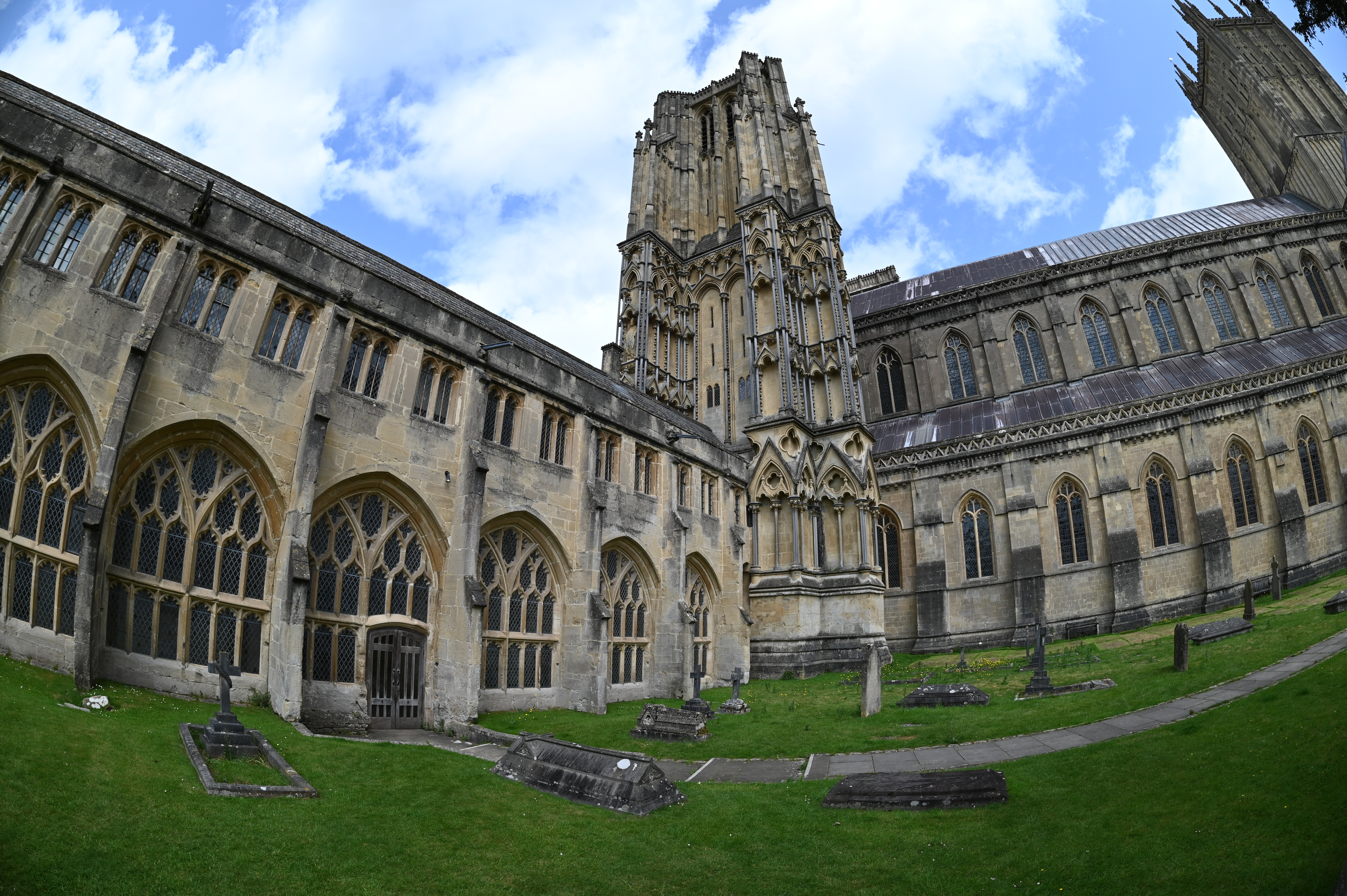

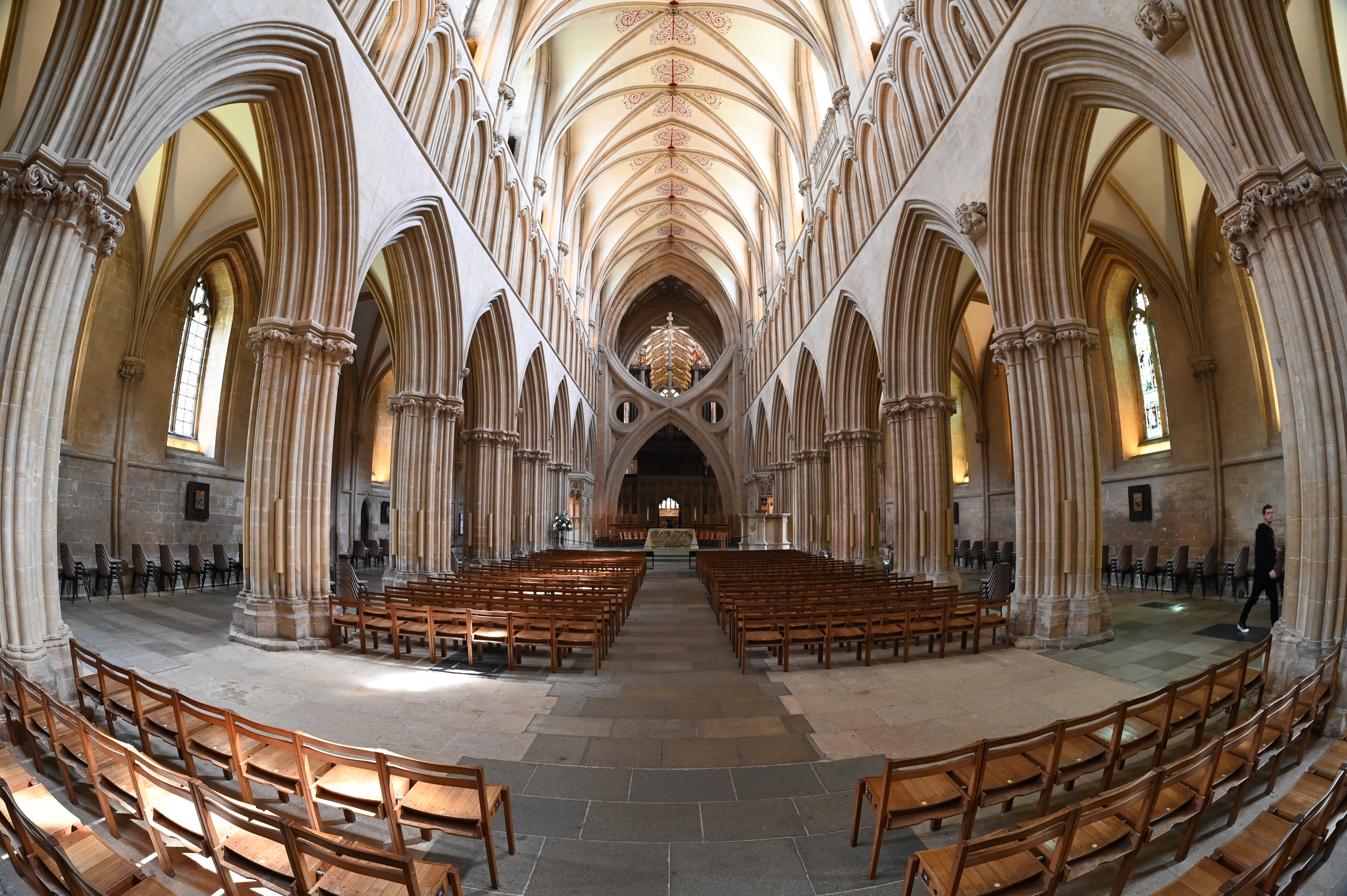
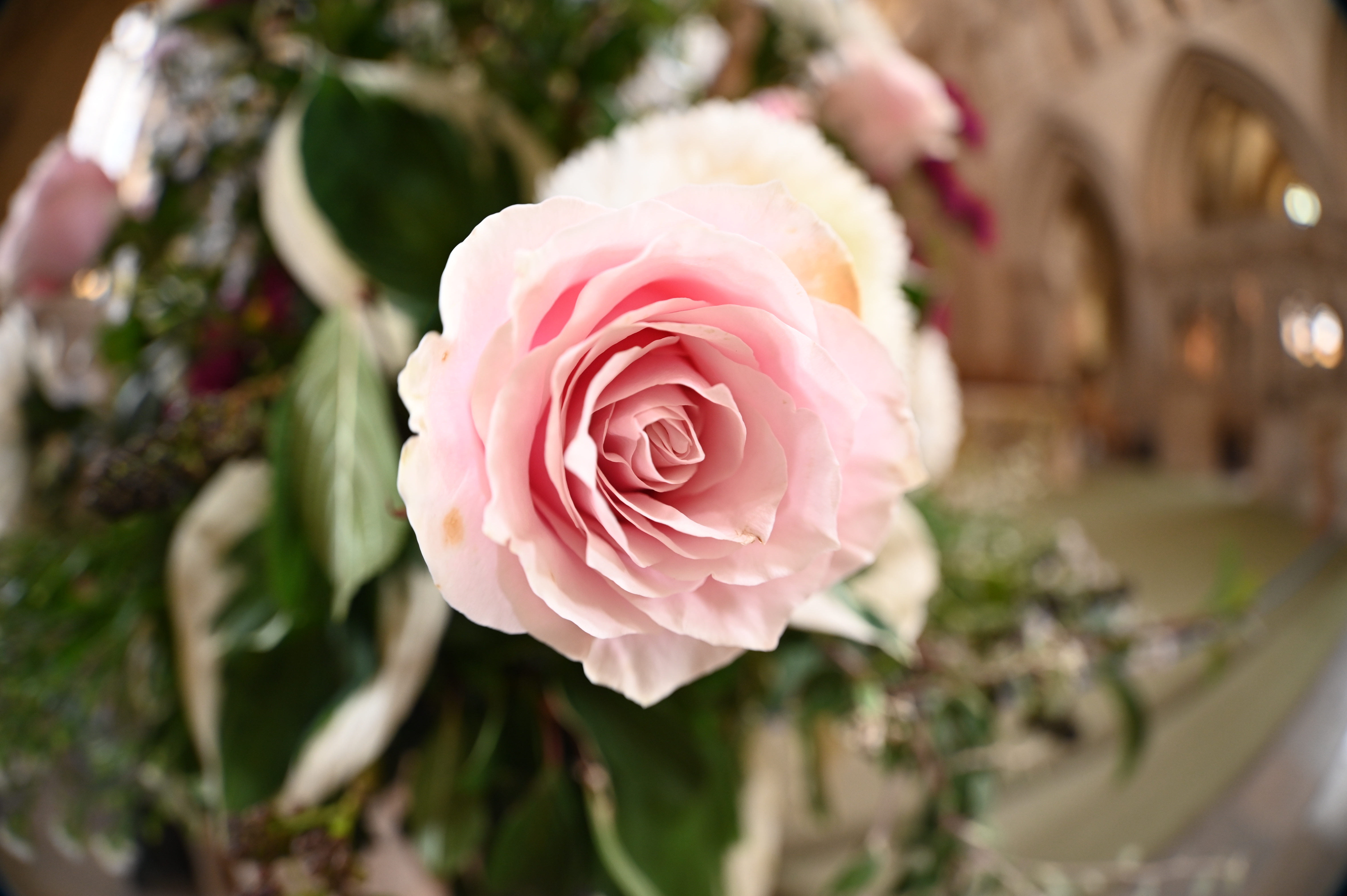

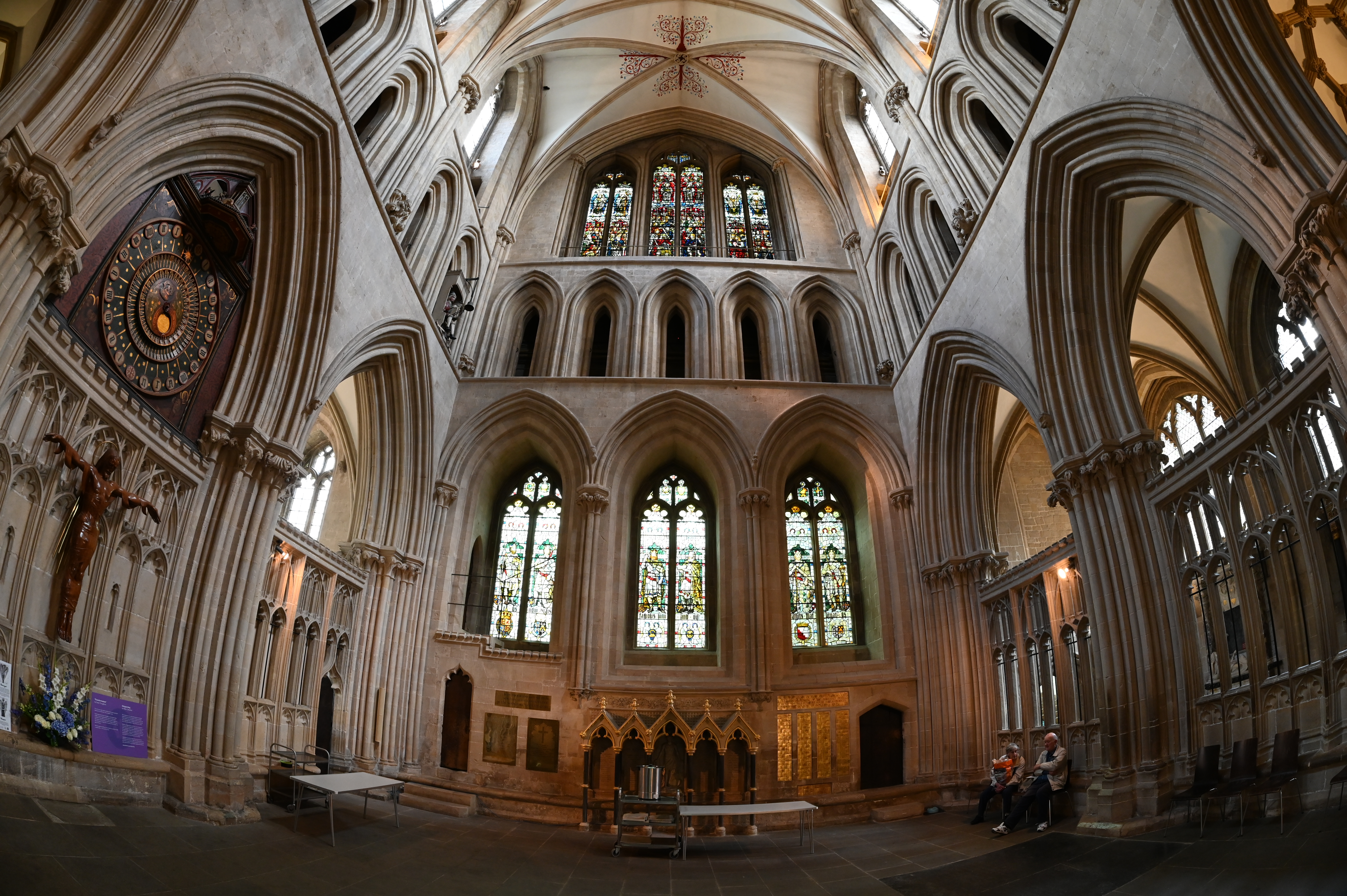
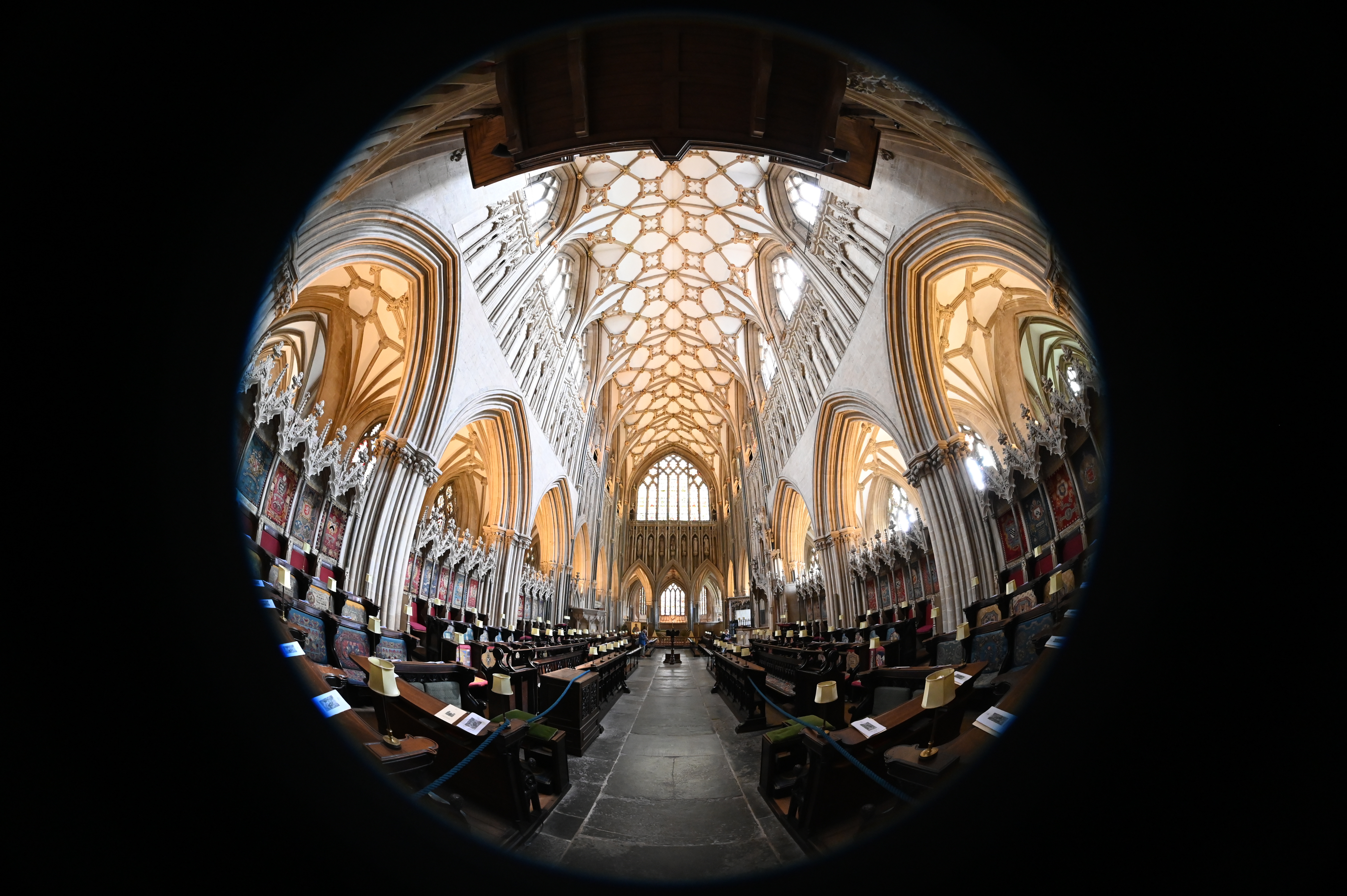
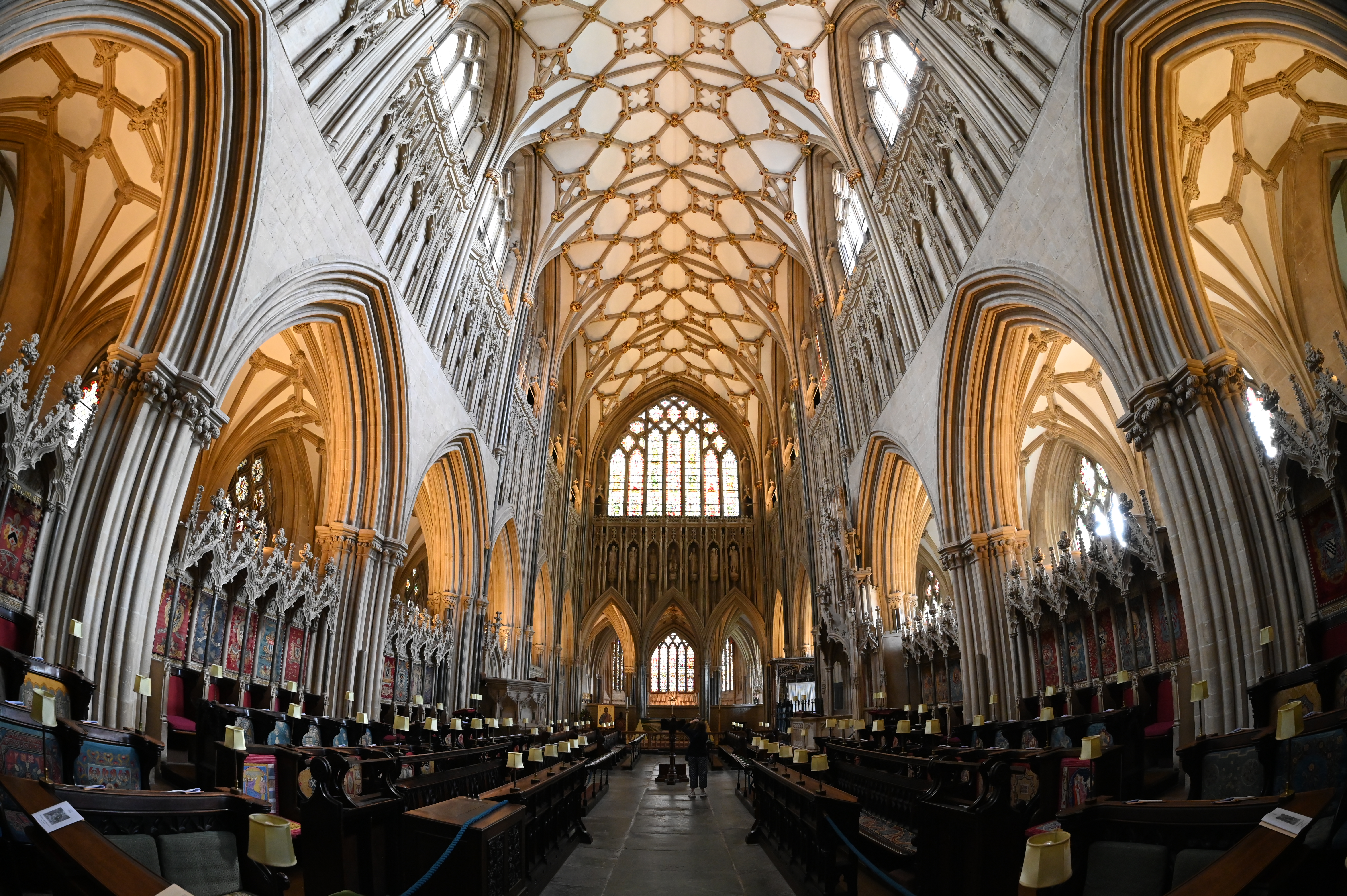
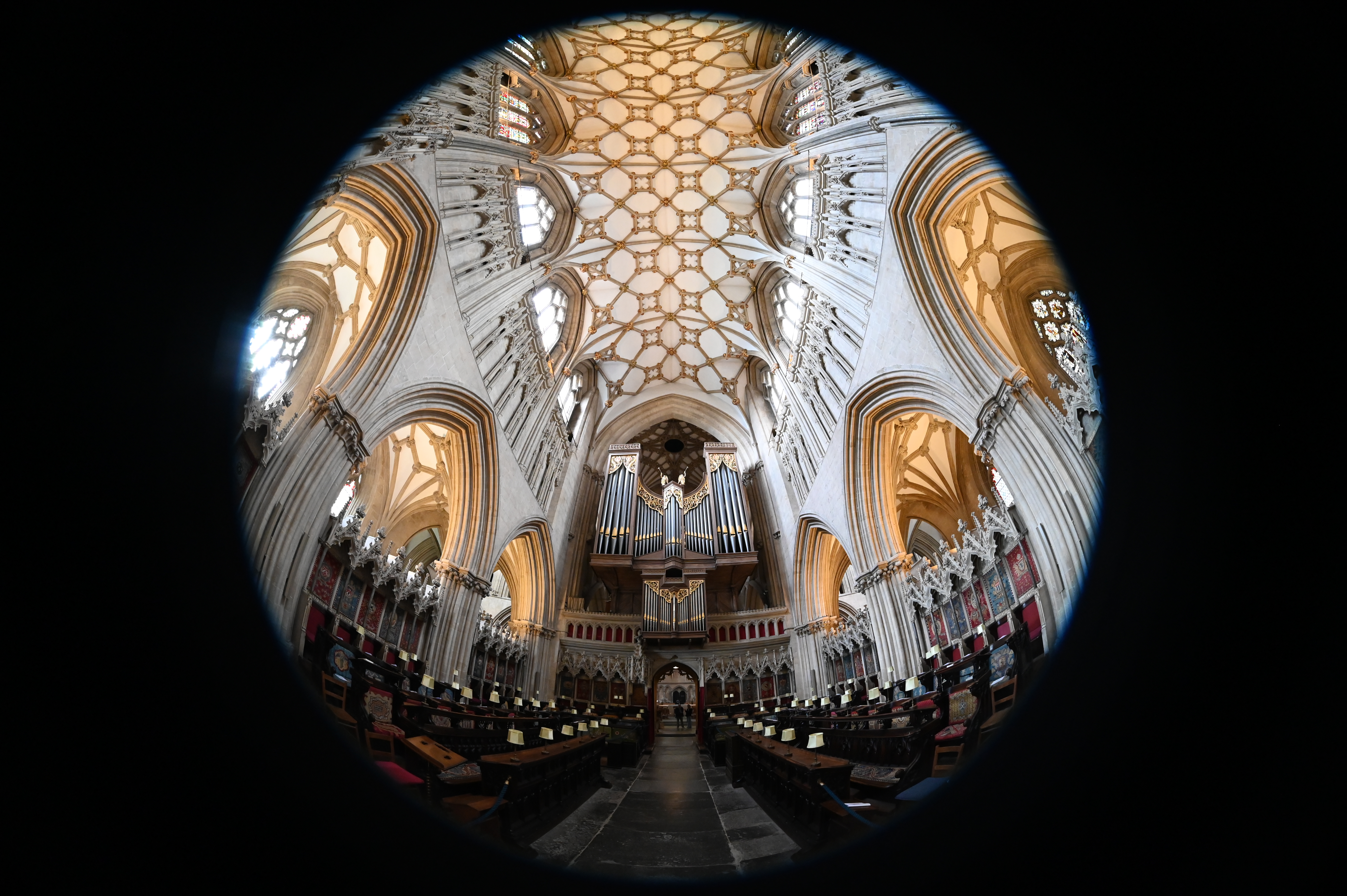
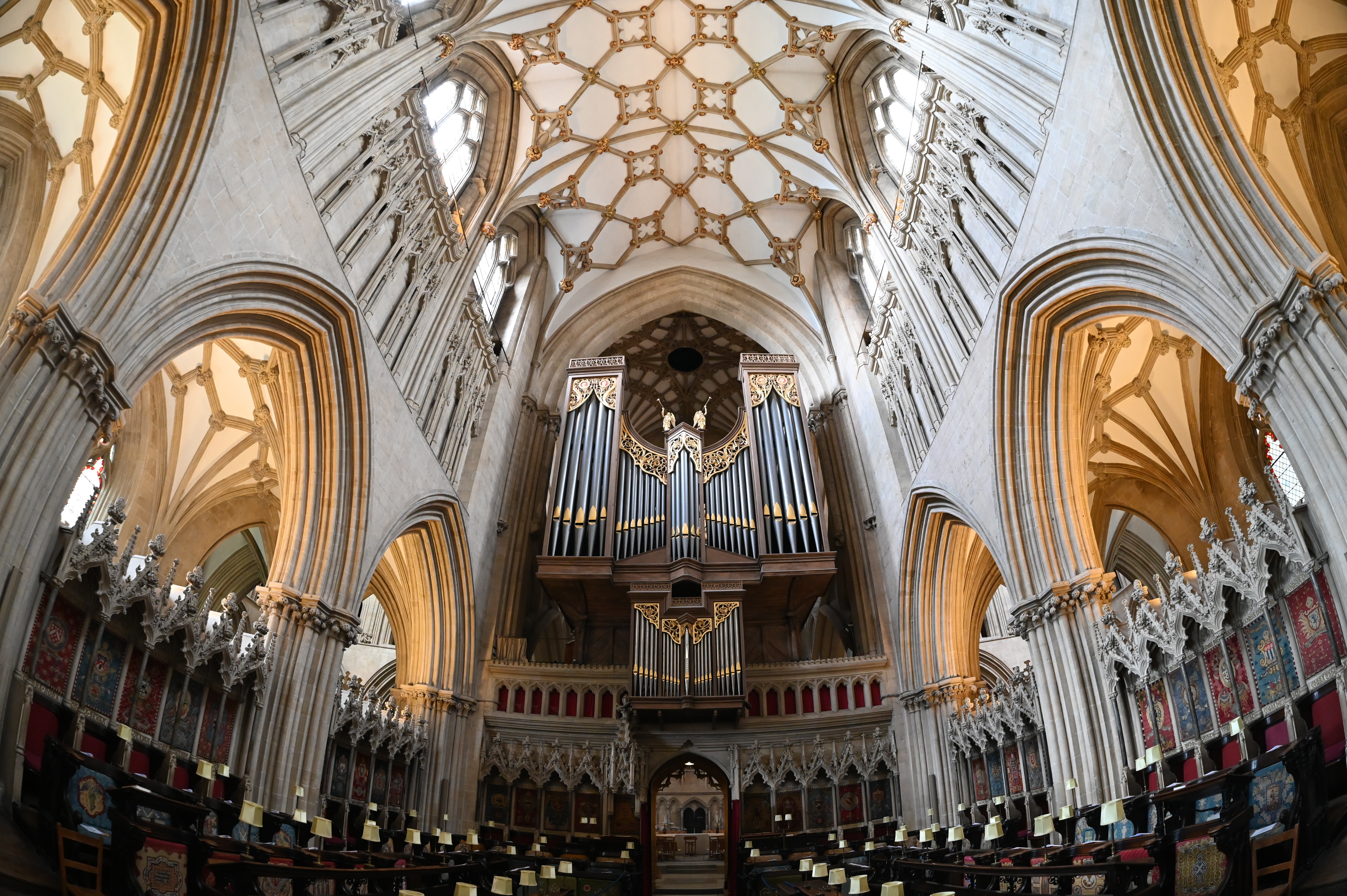
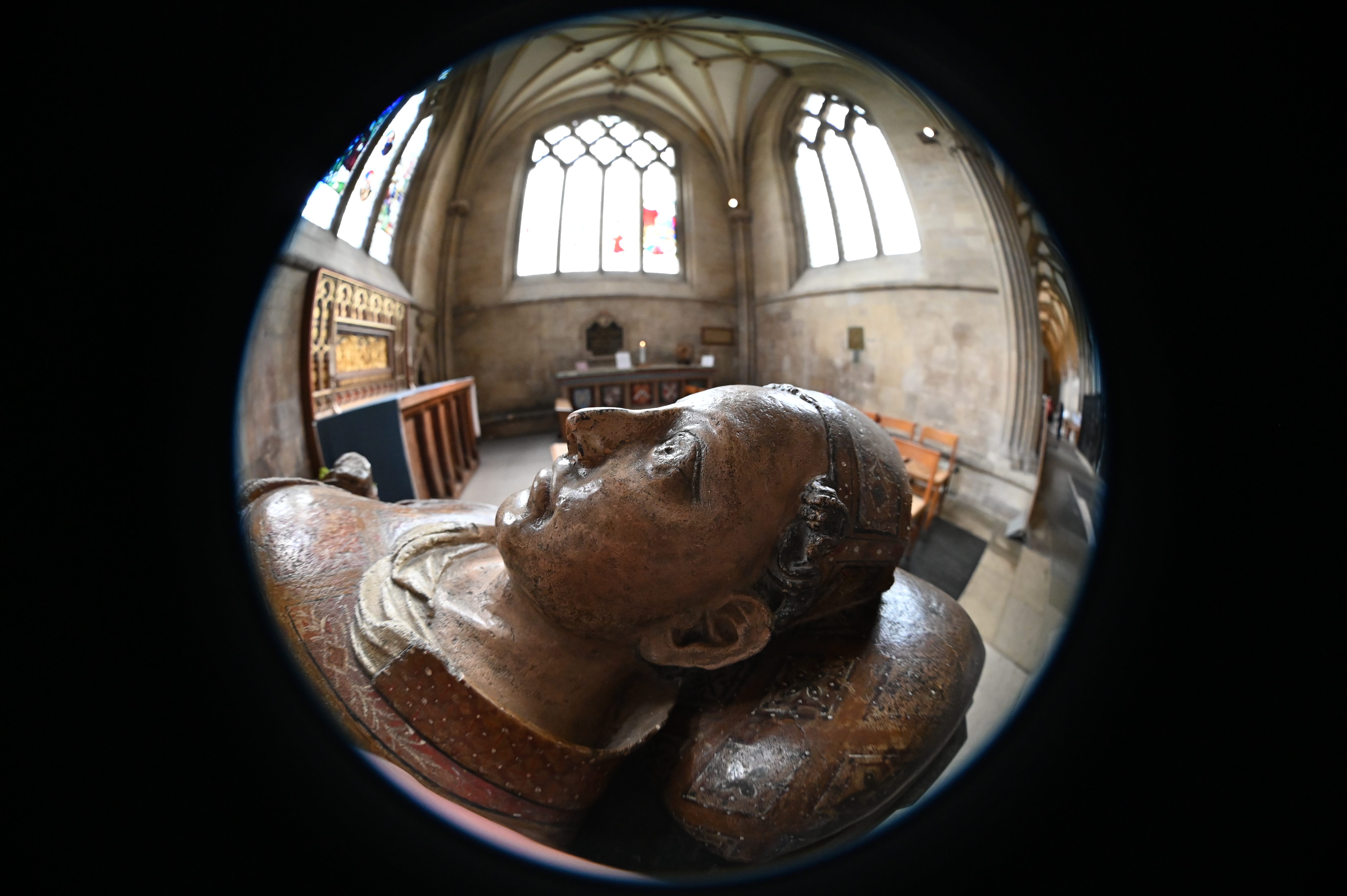
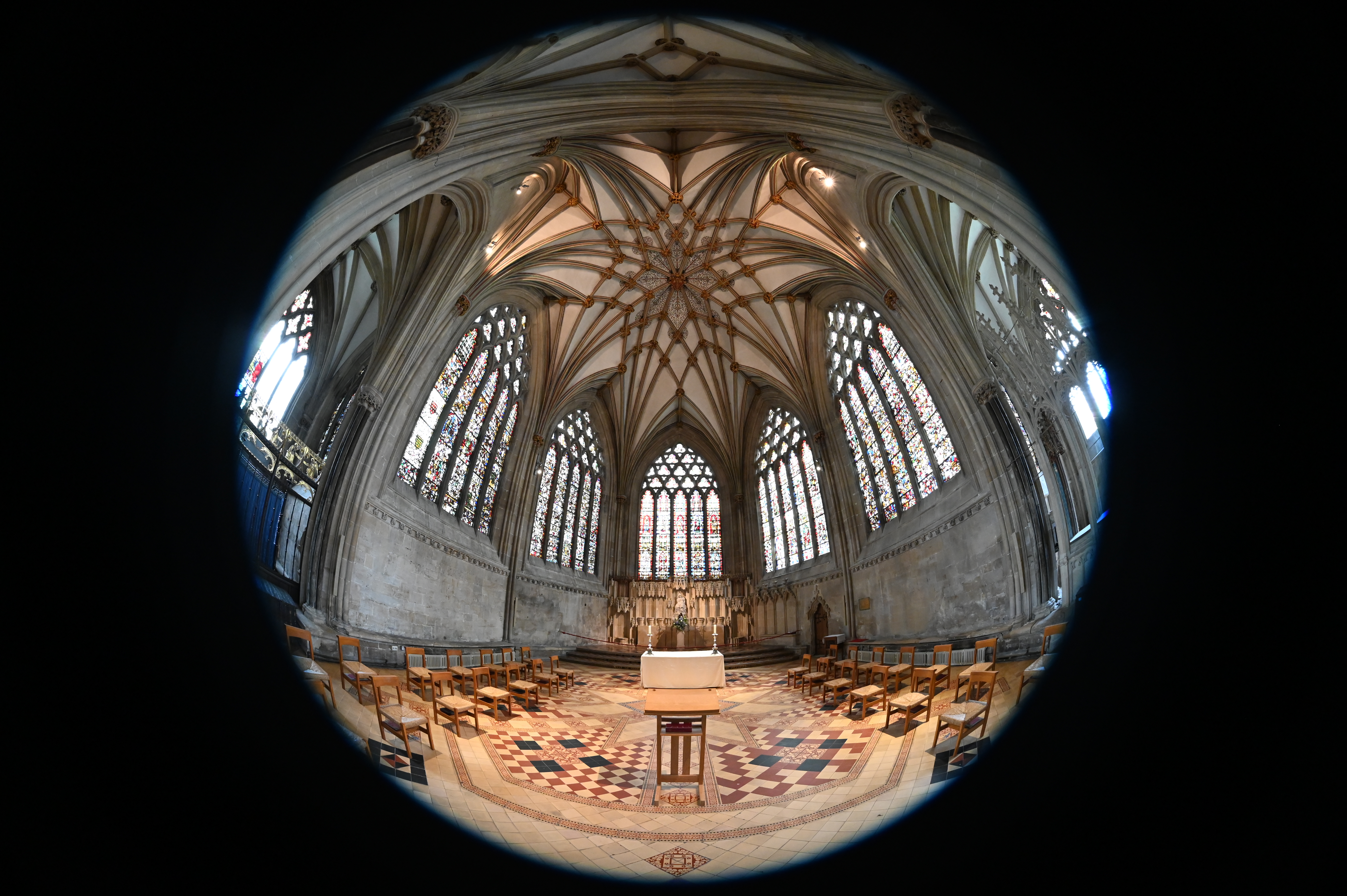
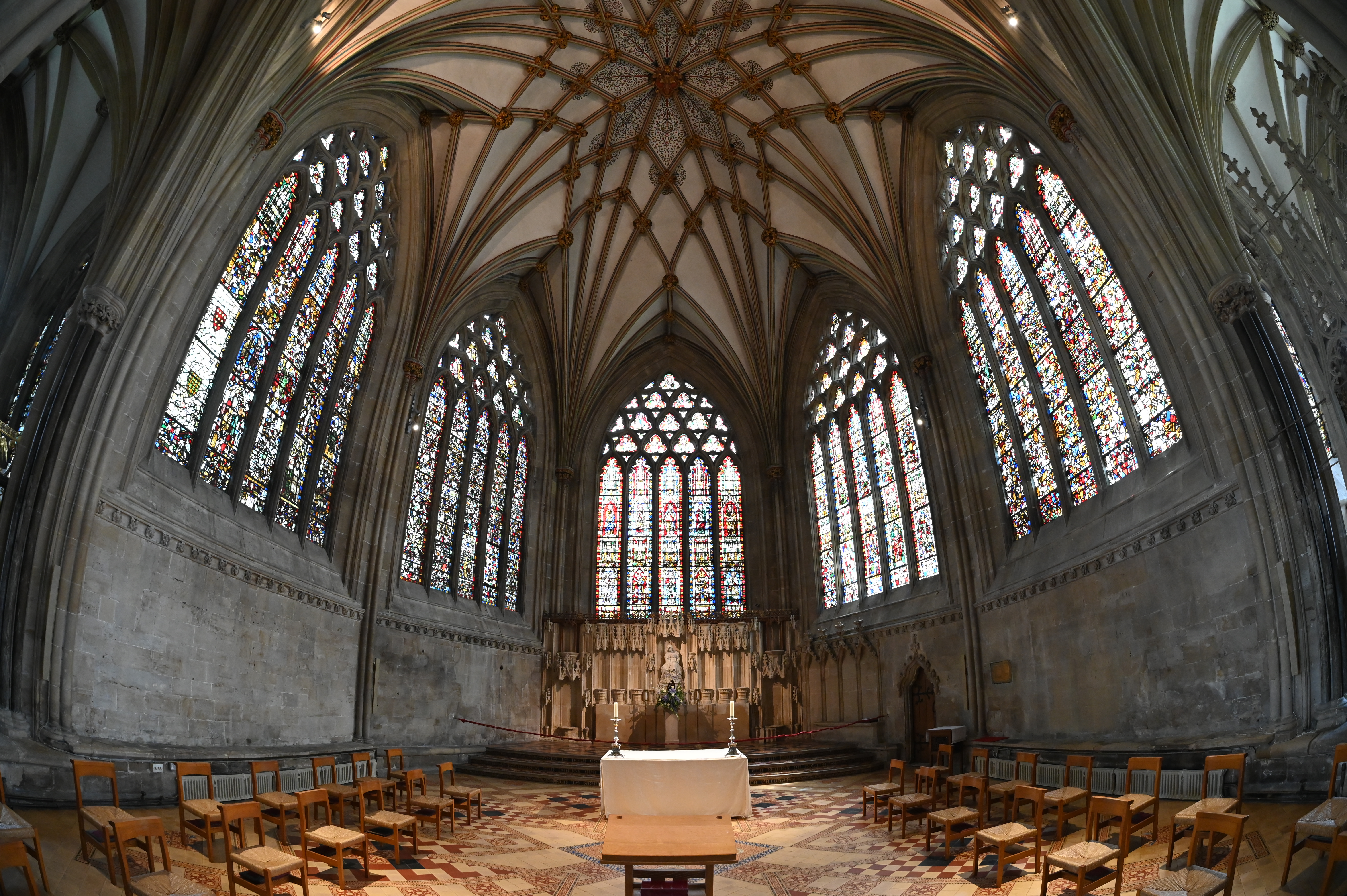

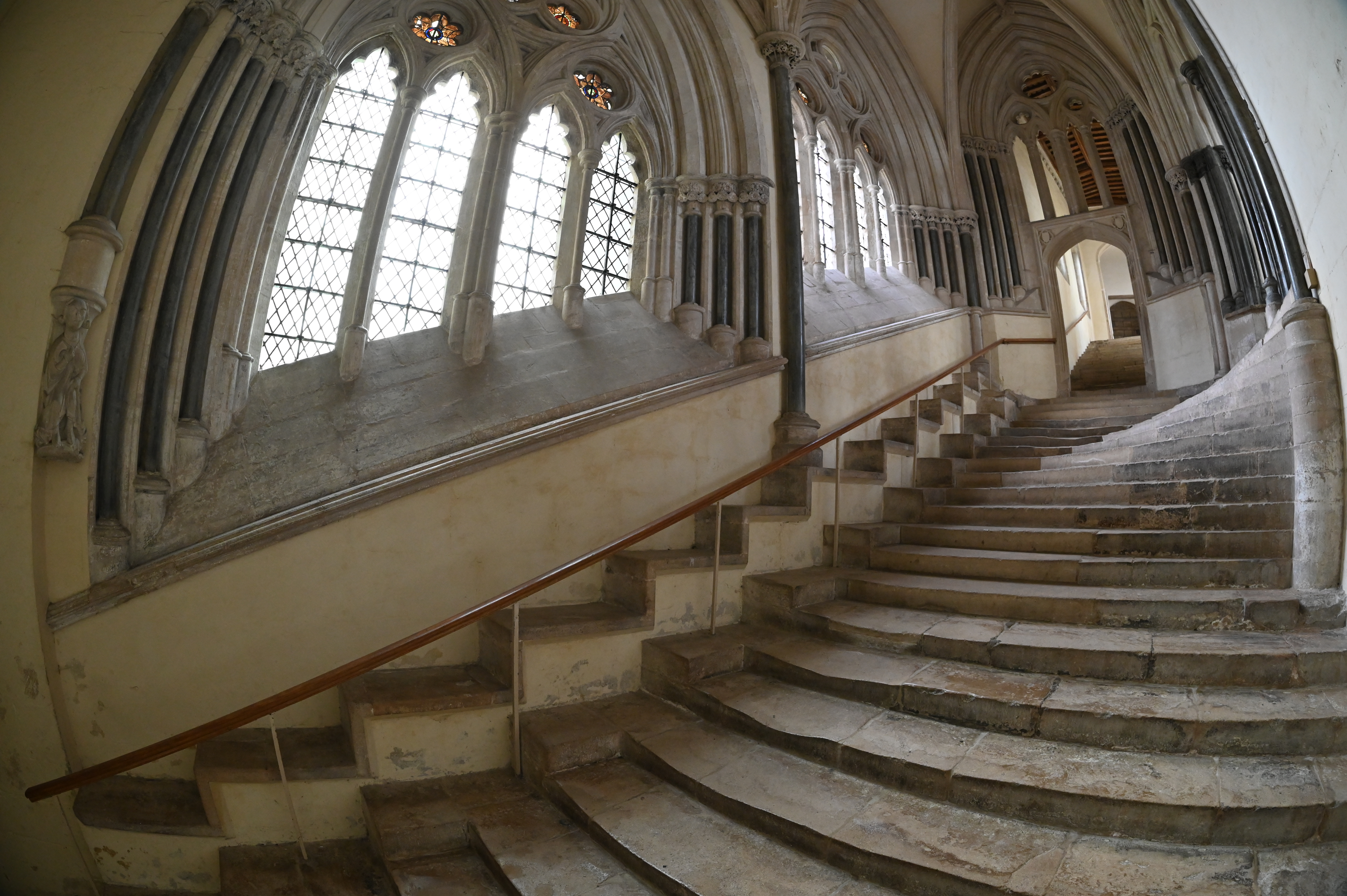
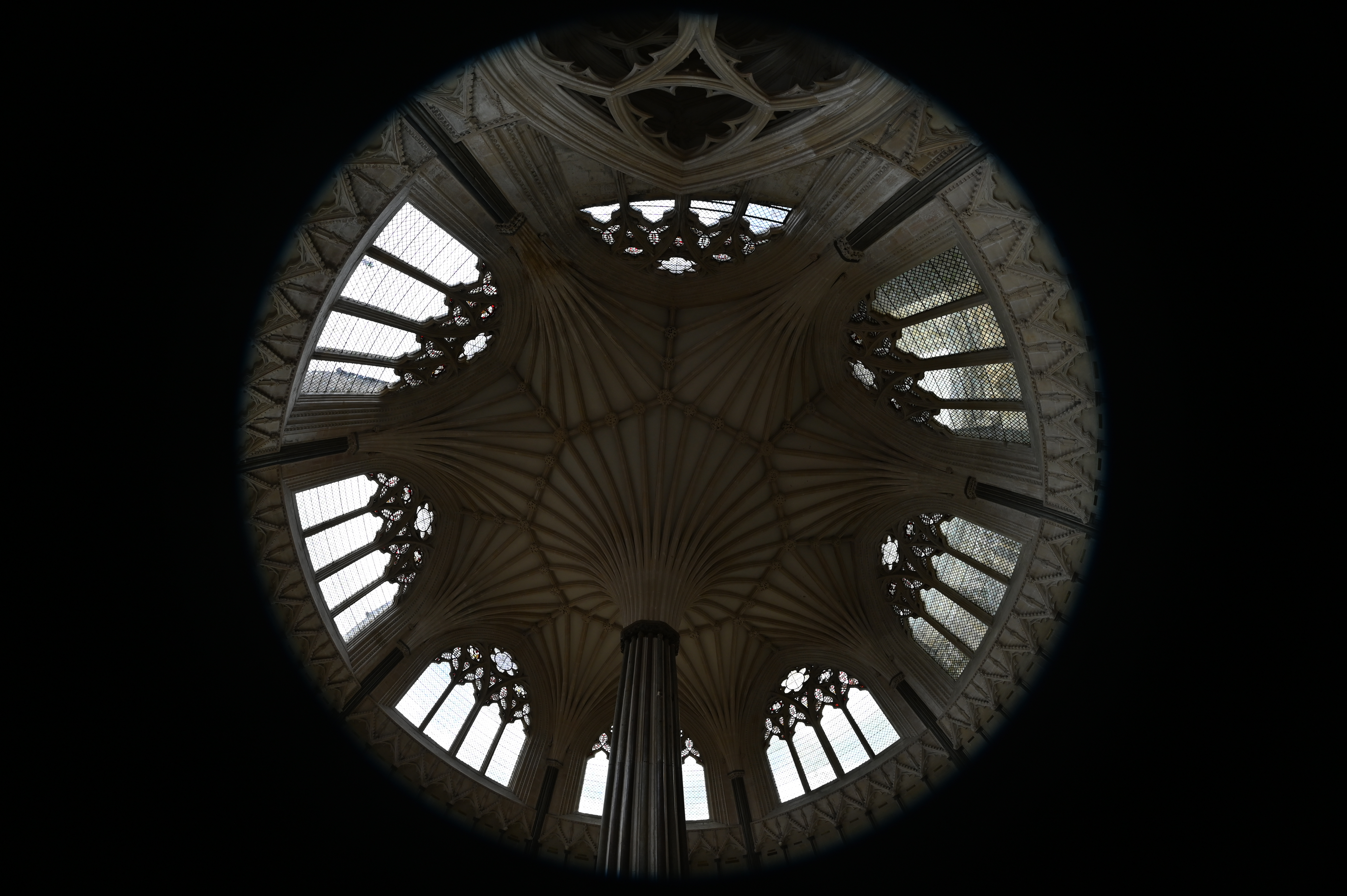



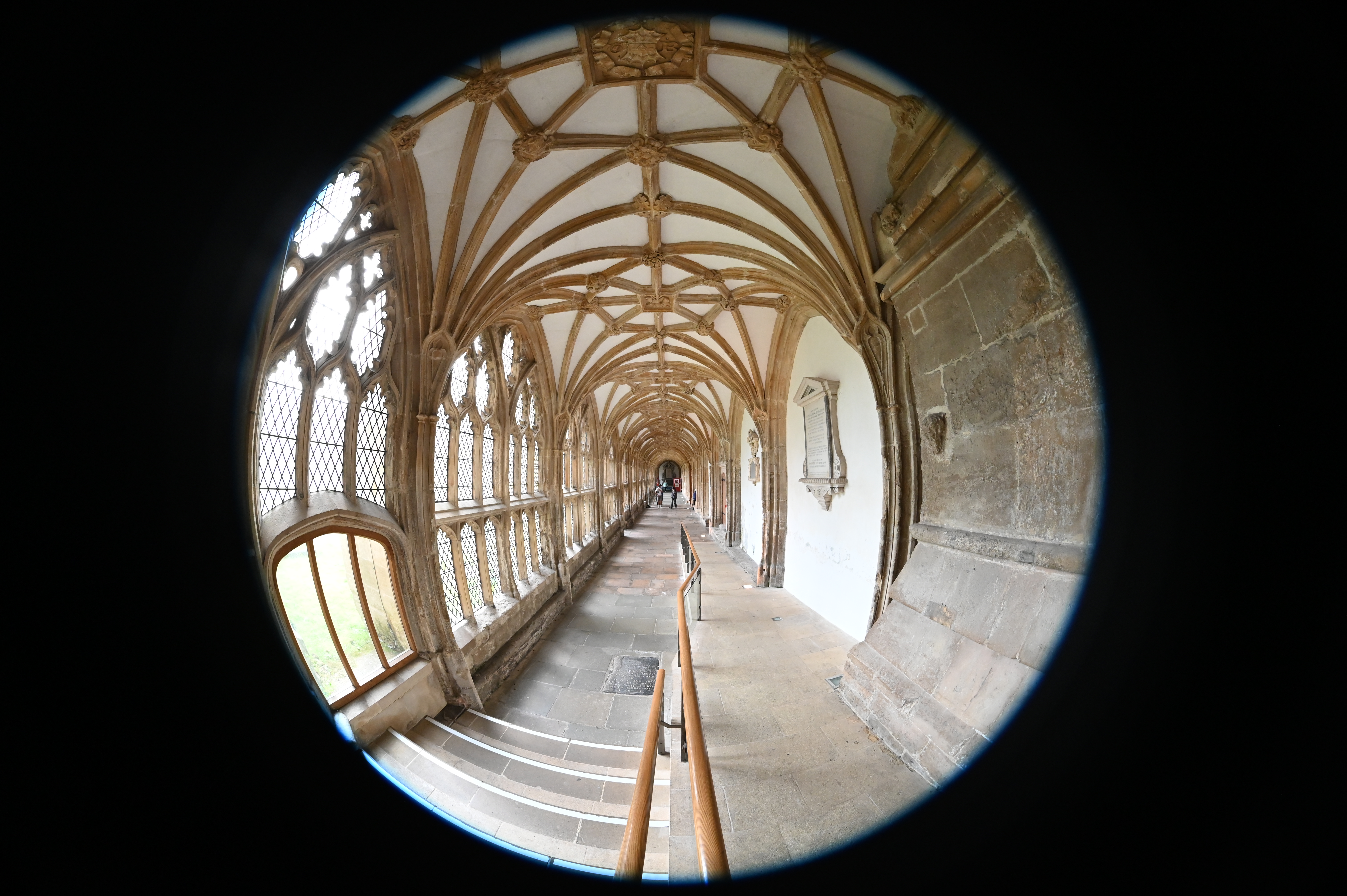
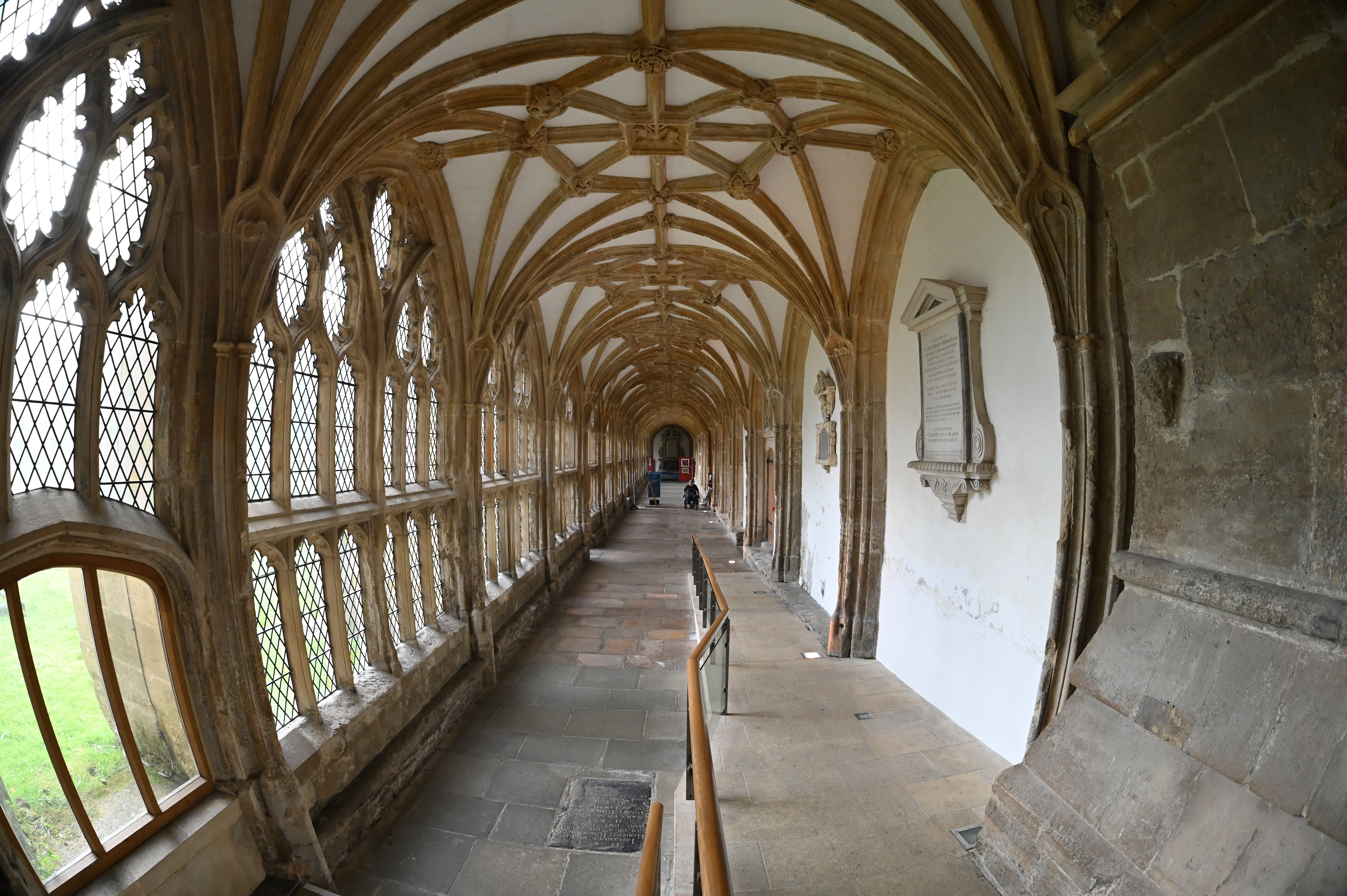

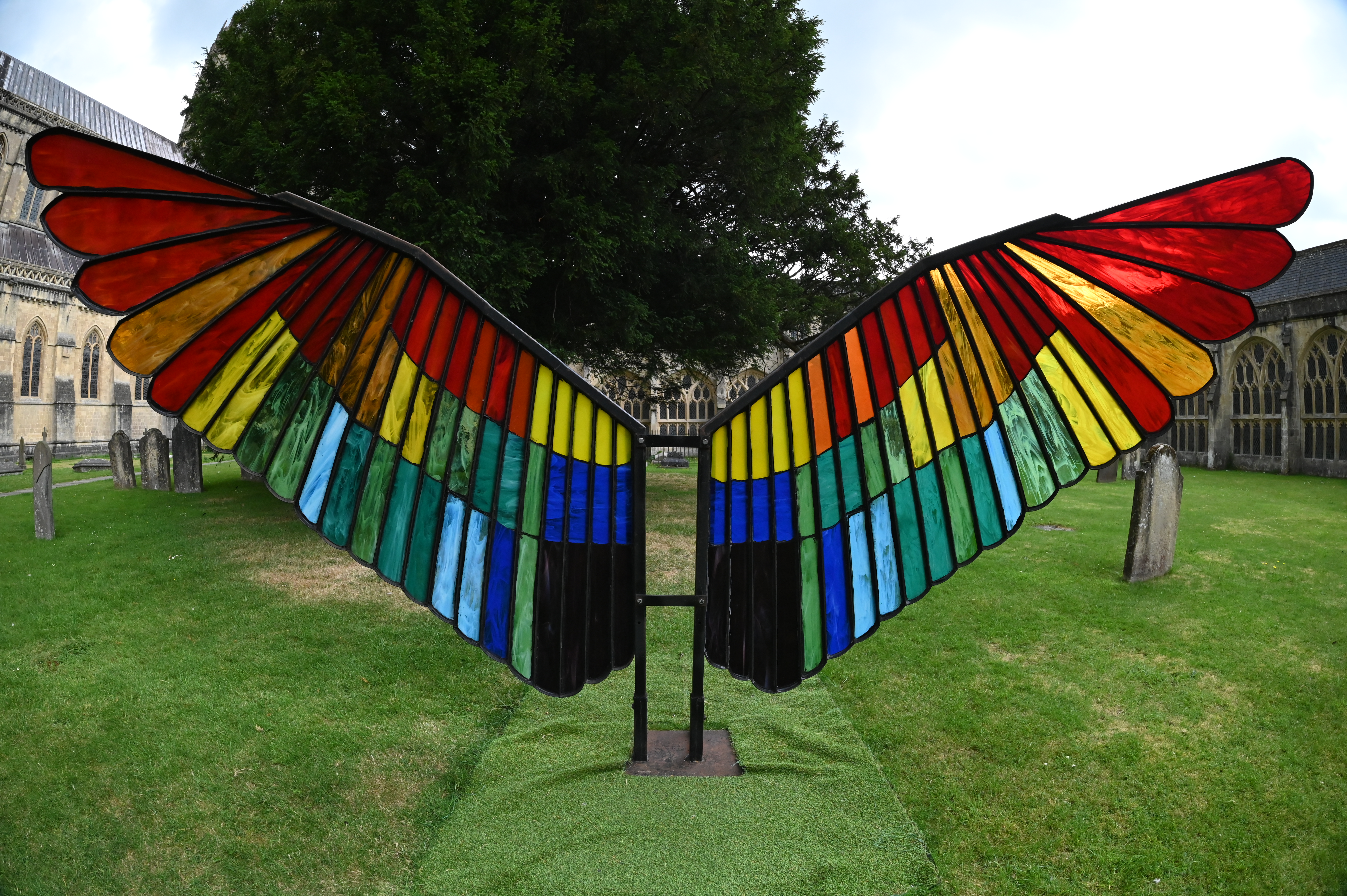
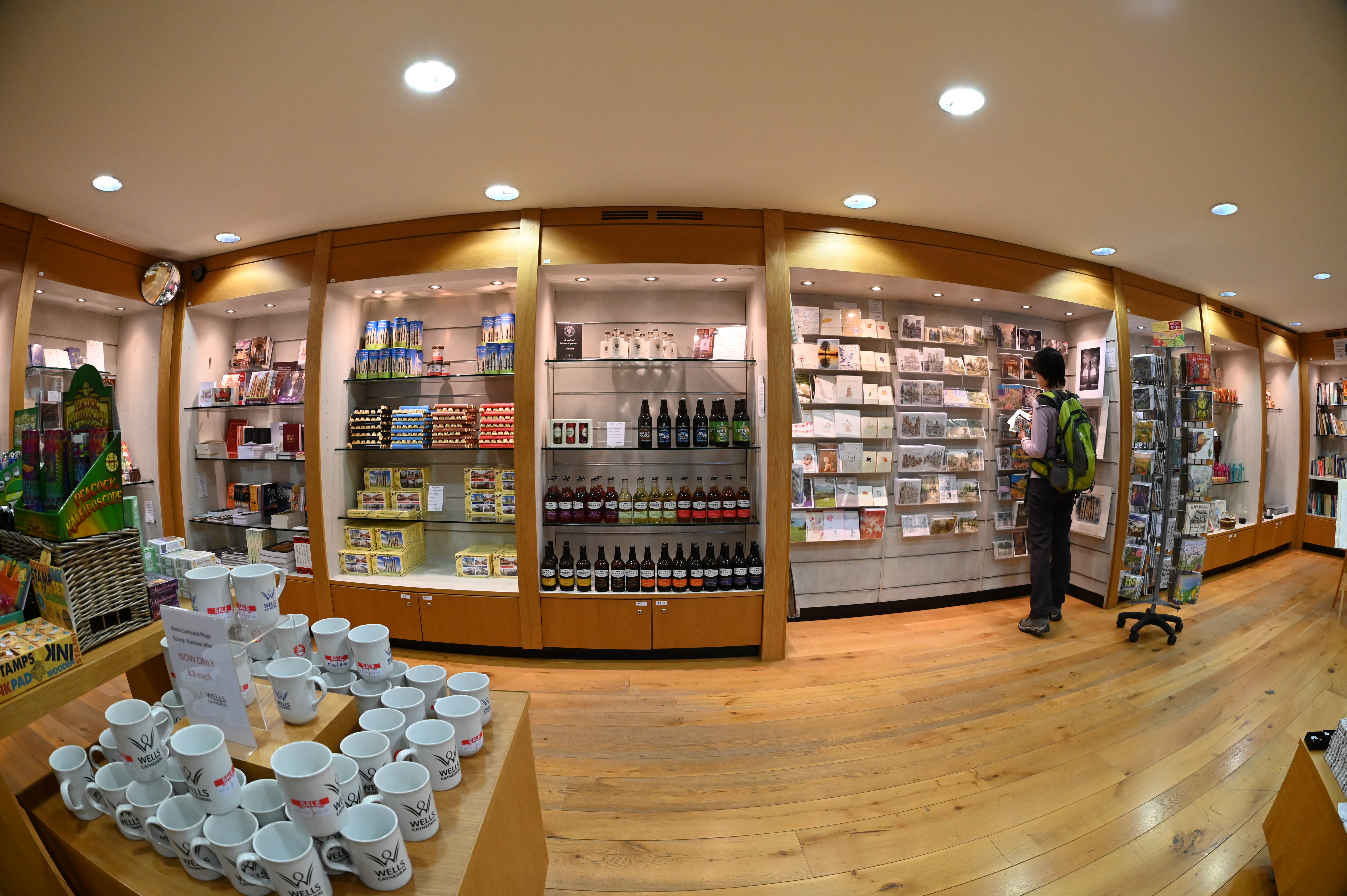
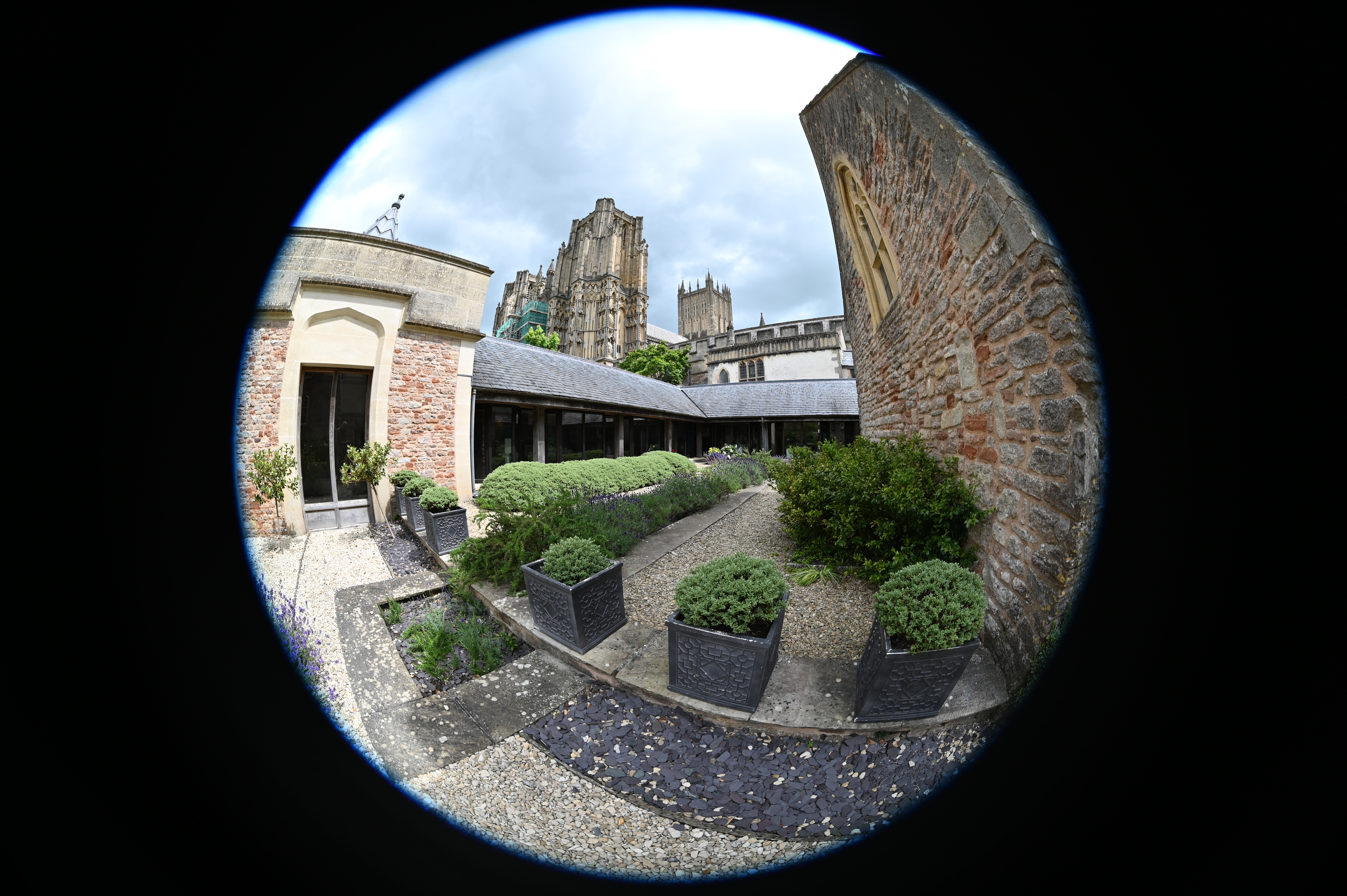
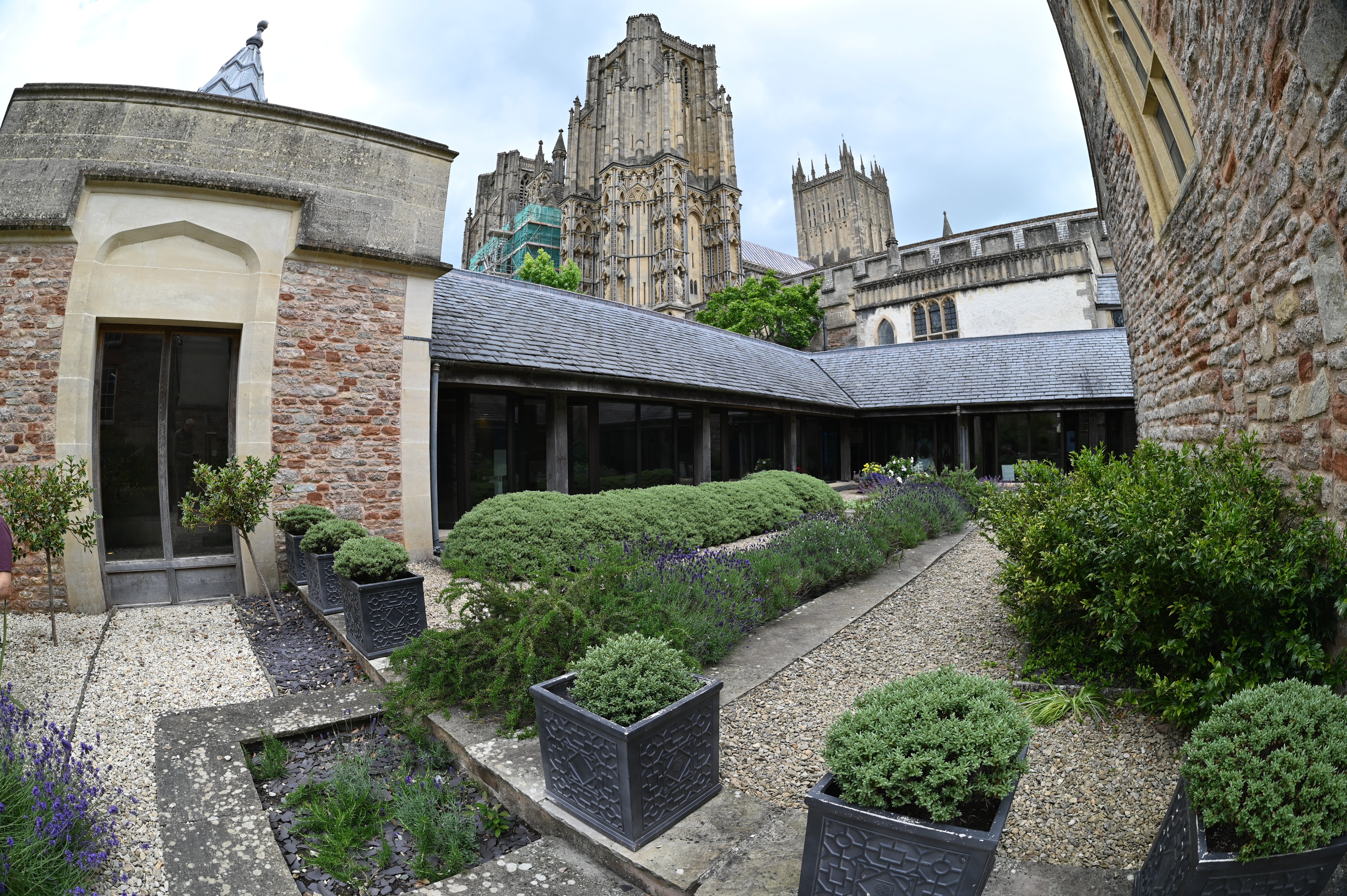
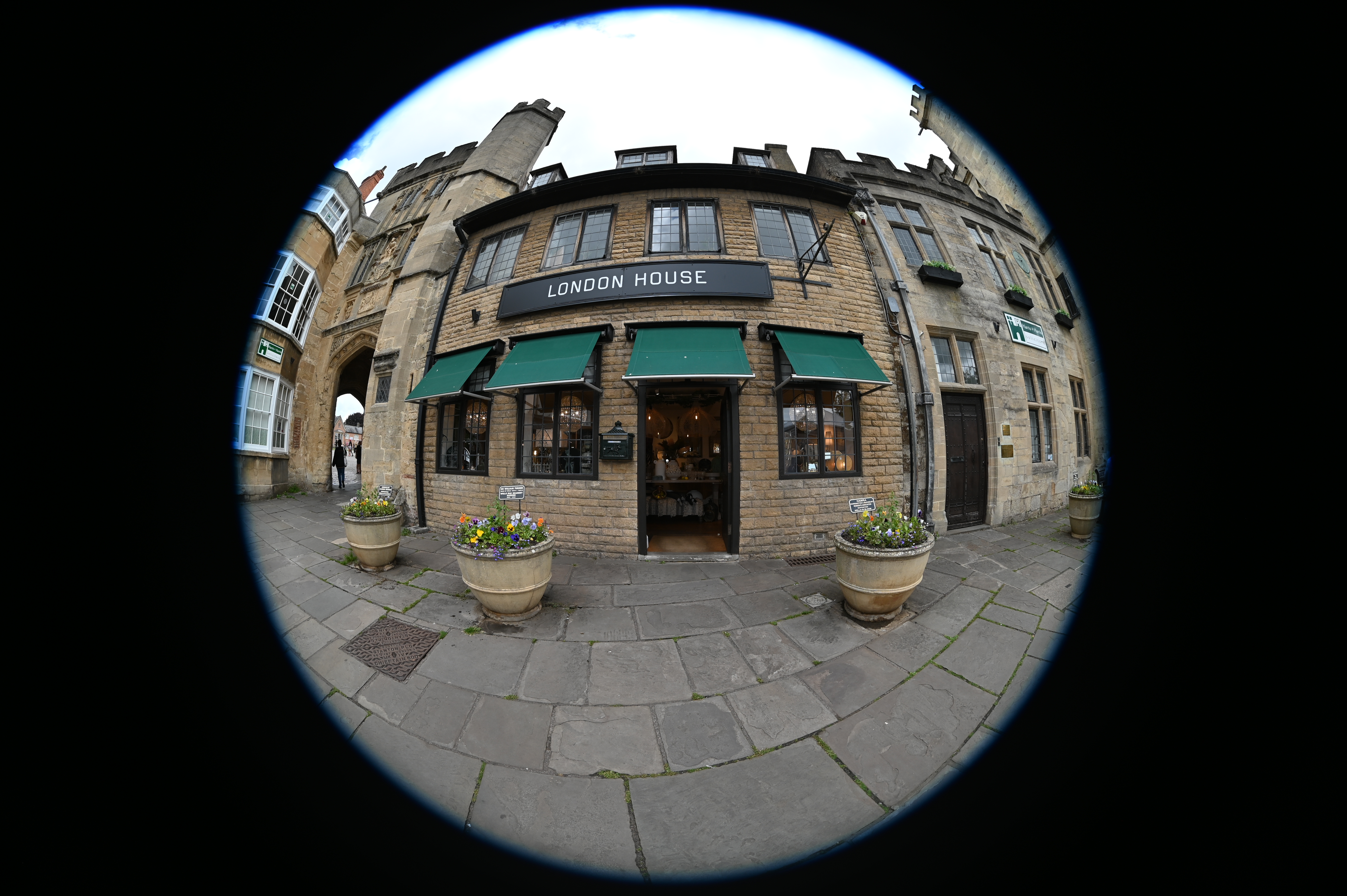
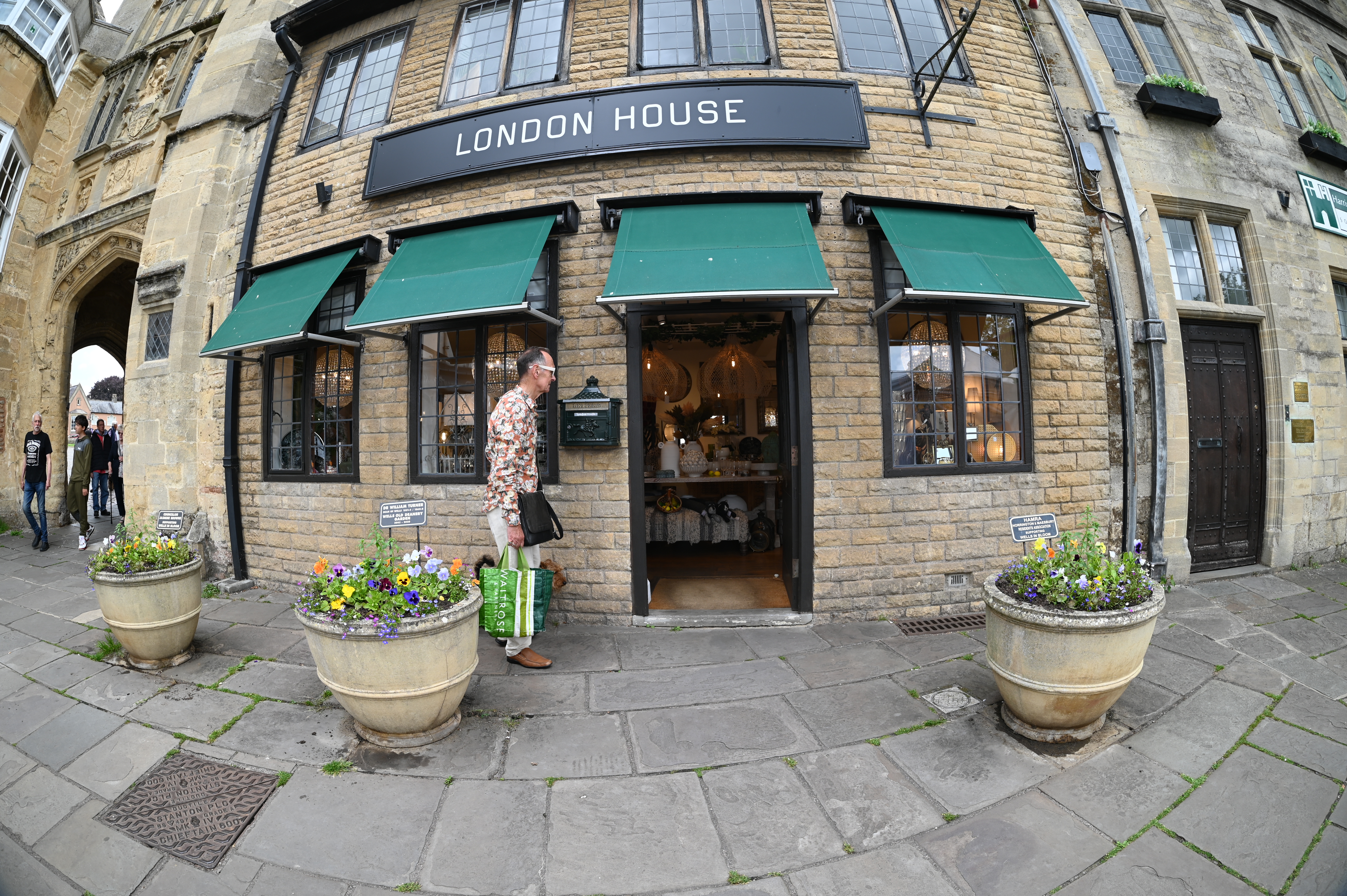
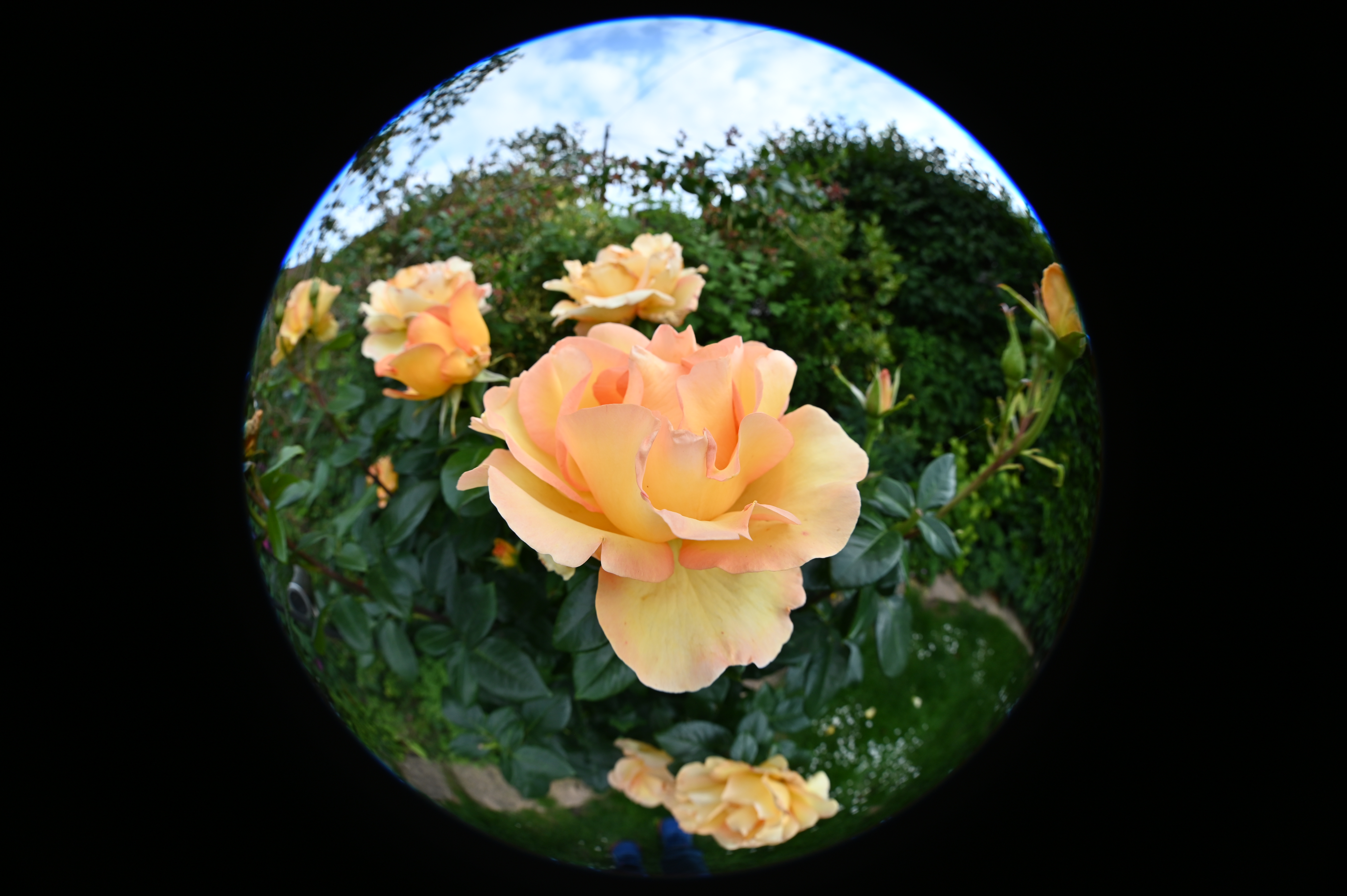
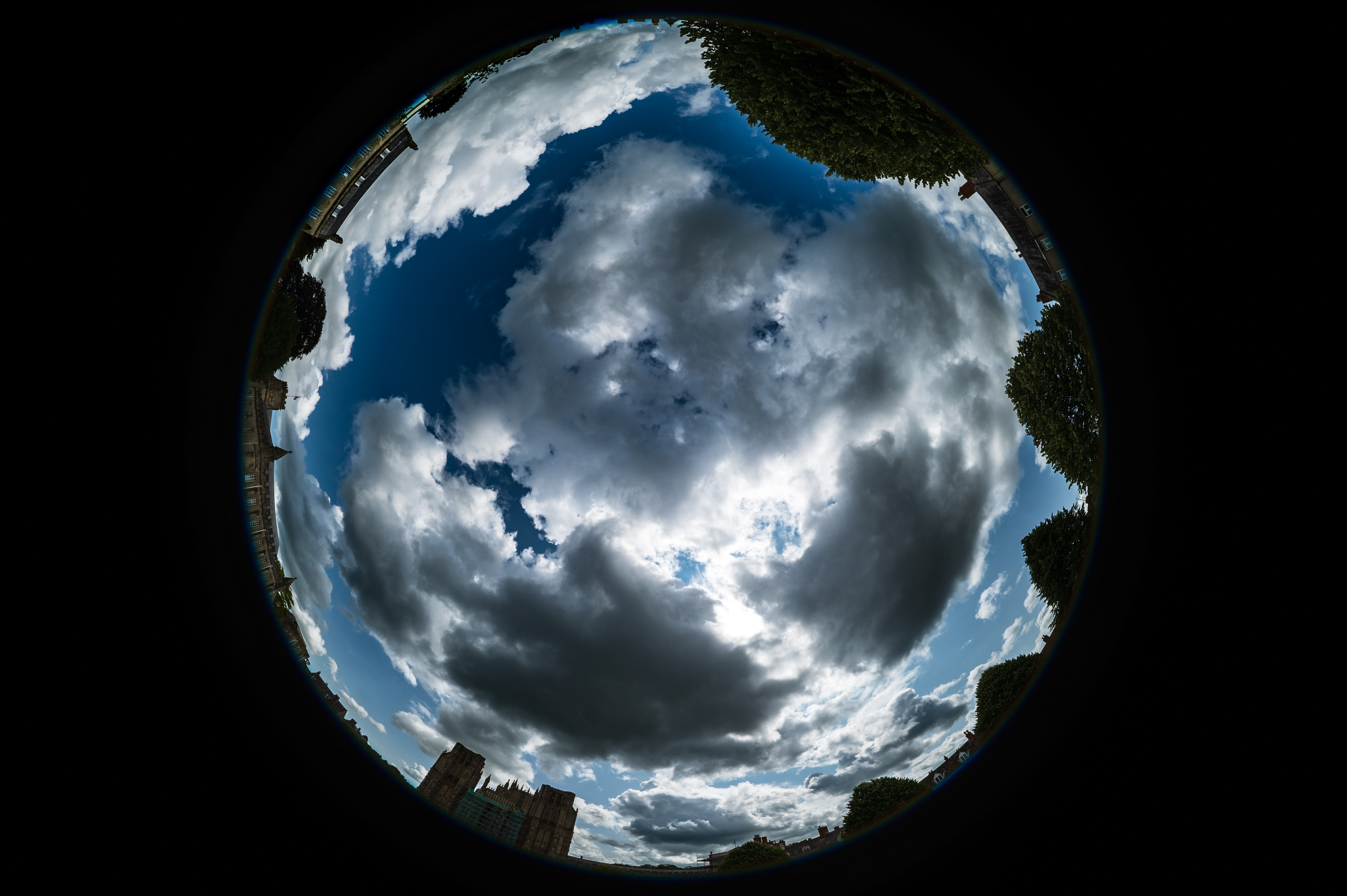
Laowa 8-15mm f/2.8 FF Zoom Fisheye: Verdict
Most lenses only tick a single box on the ‘can-do’ list. They might be a fixed prime, or maybe a wide-angle, standard or telephoto zoom. So-called ‘superzoom’ lenses that stretch all the way from wide-angle to telephoto focal lengths are arguably more multi-purpose. Even so, I feel that the Laowa 8-15mm f/2.8 FF Zoom Fisheye is a genuine 2-in-1 lens, delivering both circular and diagonal fisheye effects at either end of its zoom range respectively.
That makes it a powerful creative tool as well as being unusually versatile. It’s a very hands-on affair, requiring manual effort to set the focus and aperture as well as the zoom, but I feel that just adds to its charm. It’s solidly built from metal and impeccably finished. Image quality is highly impressive with excellent sharpness for a fisheye lens, along with minimal color fringing, ghosting and flare. All in all, it’s a terrific lens that genuinely enables you to see things in a different way.
Features ★★★★☆ | The zoom feature enables both circular and diagonal fisheye effects but there’s no autofocus nor any built-in electronics. |
Design ★★★★★ | The solid metal build looks and feels of very high quality and the lens is also pretty compact and lightweight. |
Performance ★★★★★ | Sharpness and other facets of image quality are very impressive for a fisheye lens, beating many fisheye primes let alone zooms. |
Value ★★★★☆ | It’s pricier than some fisheye lenses with a fixed focal length but that’s only to be expected. For a fisheye zoom, it’s very good value. |
Alternatives
The 7Artisans 10mm f/2.8 II Fish-Eye ED is a diagonal fisheye prime lens for mirrorless full-frame cameras. It’s fully manual, with no electronics but delivers excellent image quality at a bargain price. It’s available in Canon RF, L-mount, Nikon Z and Sony FE mount options, for around $278 / £269 / AU$409.
The Sigma 15mm f/1.4 DG DN Diagonal Fisheye Art is a relatively big, heavy and fully-featured lens, complete with autofocus and a super-fast f/1.4 aperture rating. It’s available in Sony E and Leica L mount options, designed for full-frame mirrorless cameras. It also has a relatively weighty price tag of around $2,199 / £1,799 / AU$3,795.
Matthew Richards is a photographer and journalist who has spent years using and reviewing all manner of photo gear. He is Digital Camera World's principal lens reviewer – and has tested more primes and zooms than most people have had hot dinners!
His expertise with equipment doesn’t end there, though. He is also an encyclopedia when it comes to all manner of cameras, camera holsters and bags, flashguns, tripods and heads, printers, papers and inks, and just about anything imaging-related.
In an earlier life he was a broadcast engineer at the BBC, as well as a former editor of PC Guide.
You must confirm your public display name before commenting
Please logout and then login again, you will then be prompted to enter your display name.
